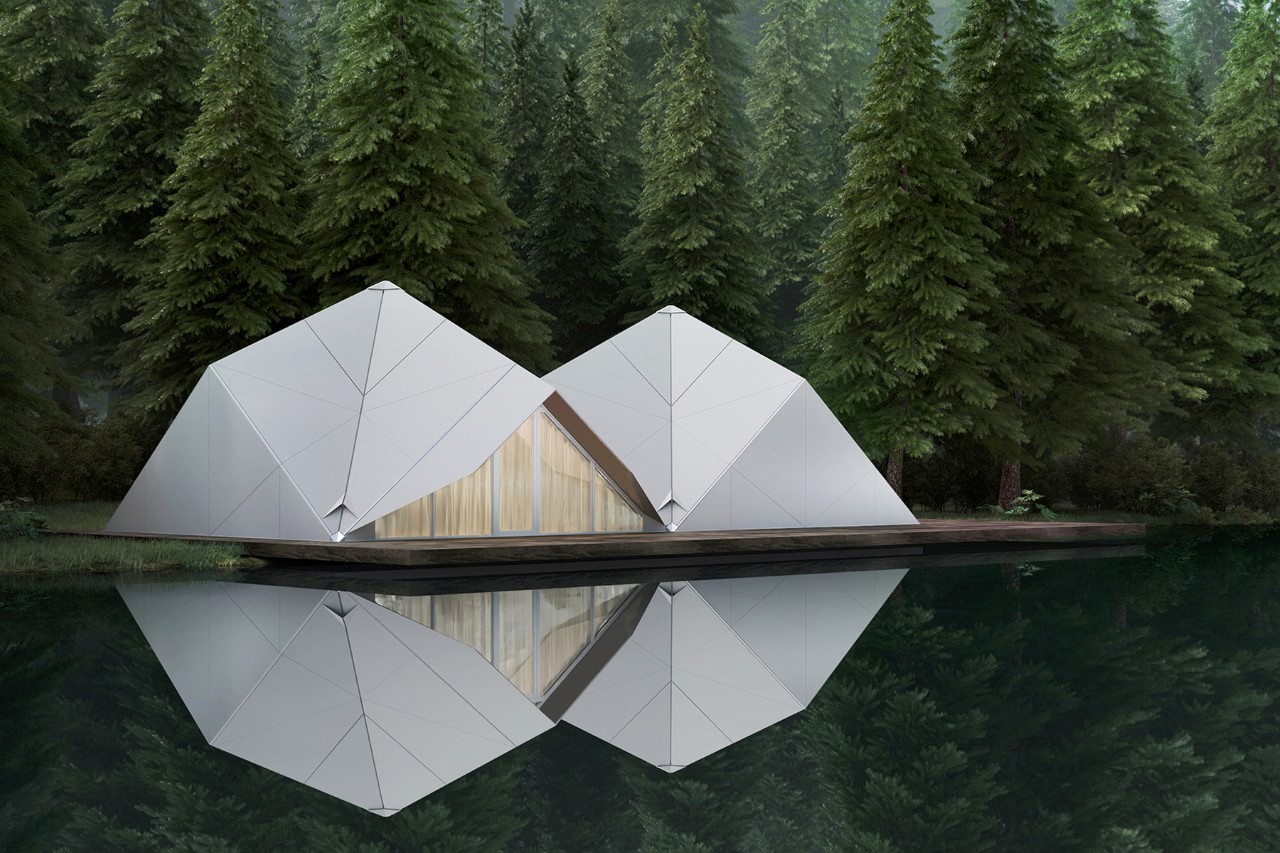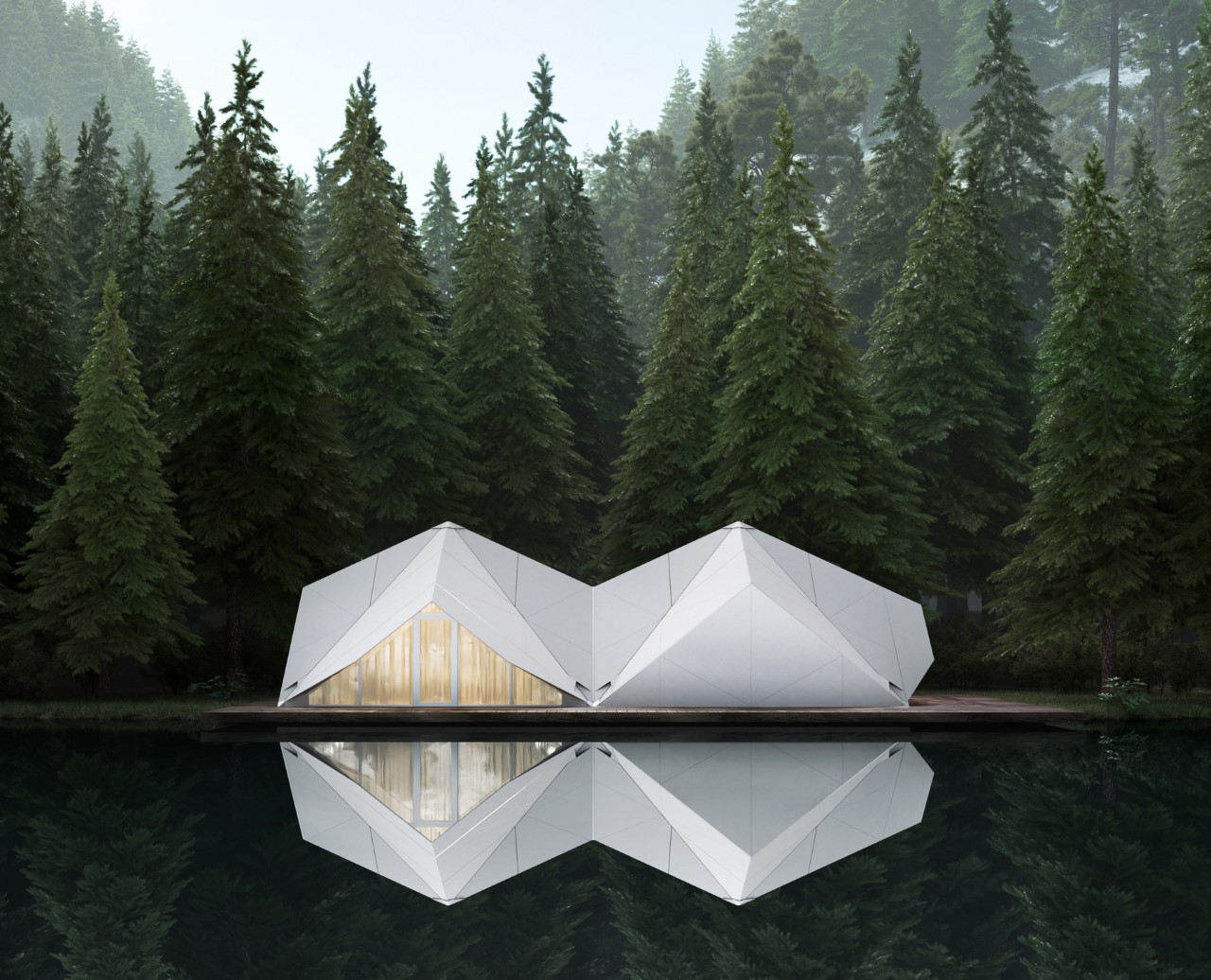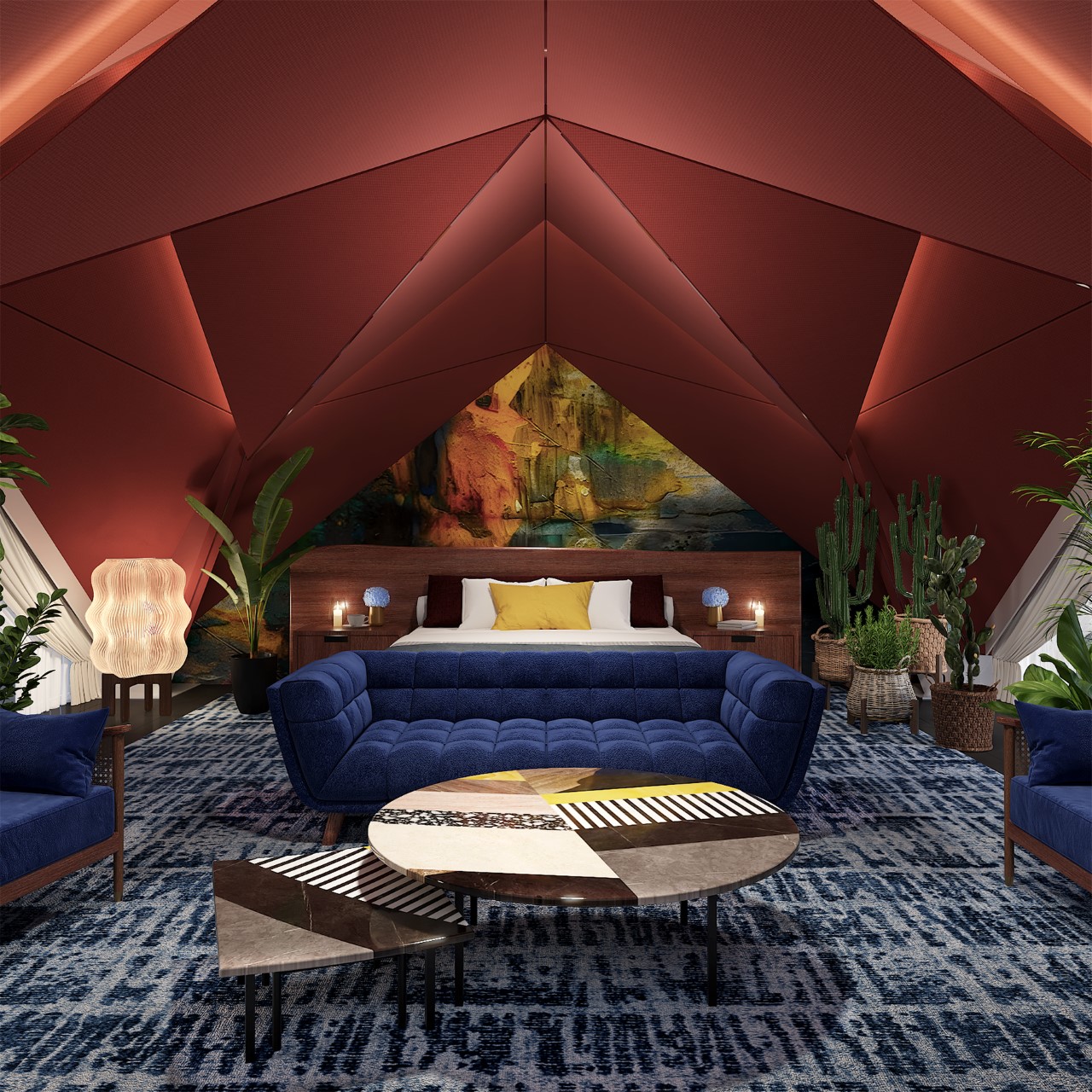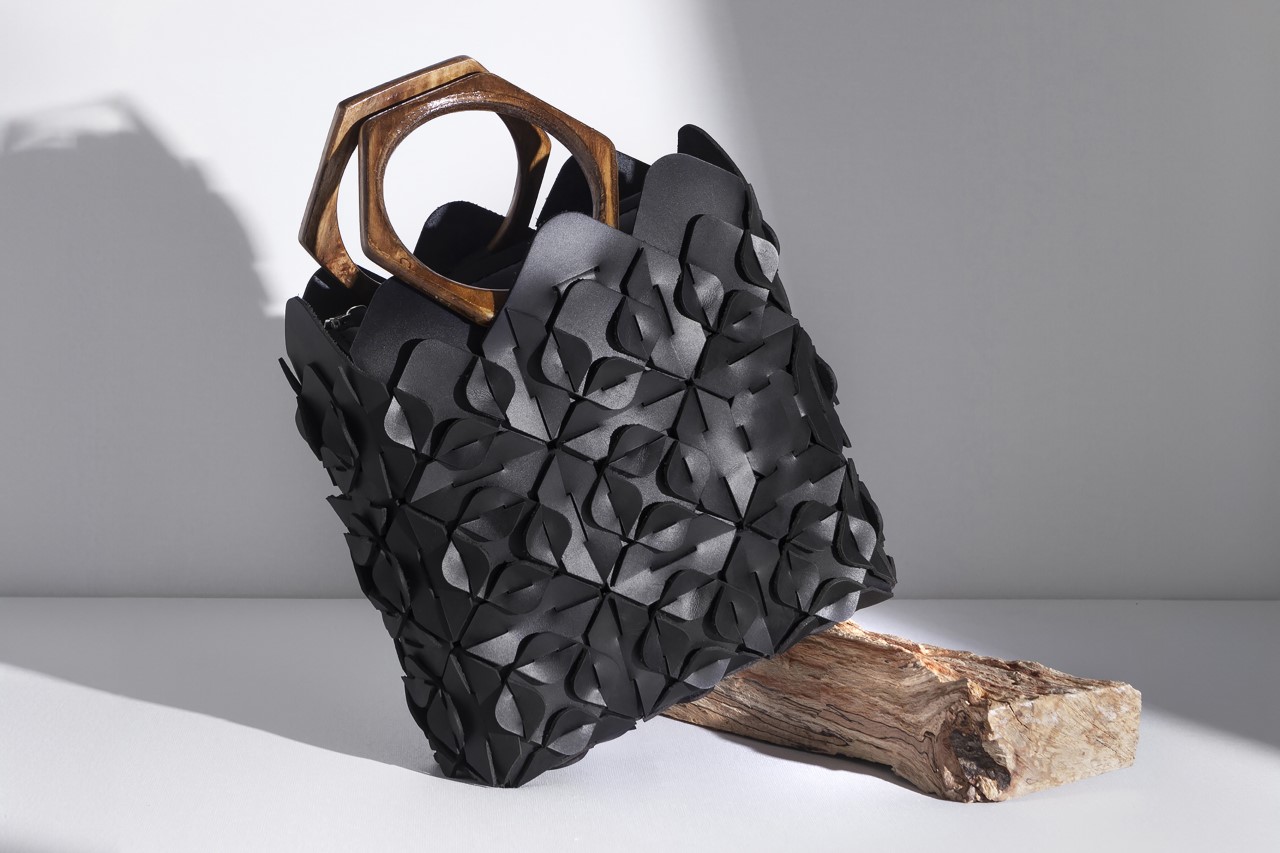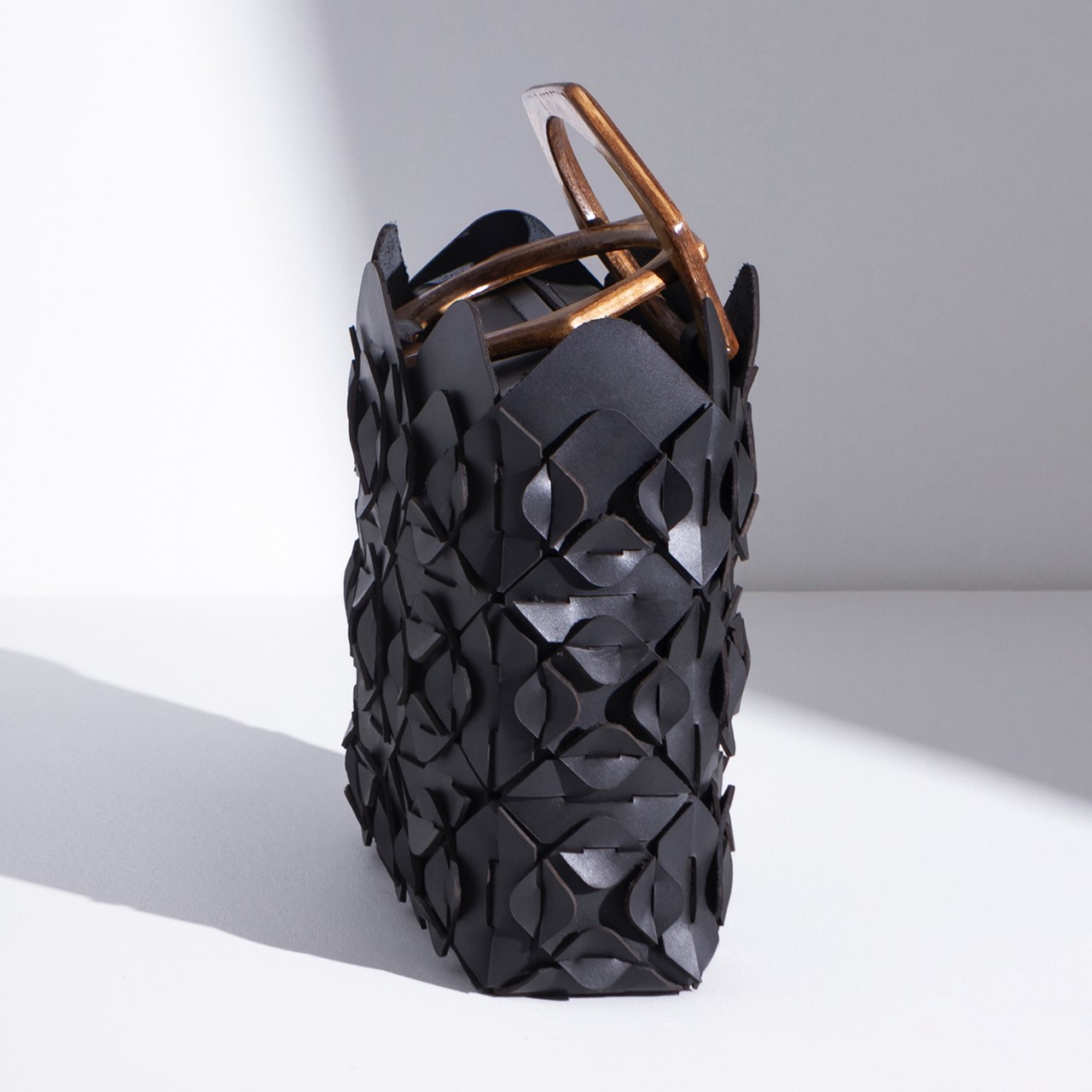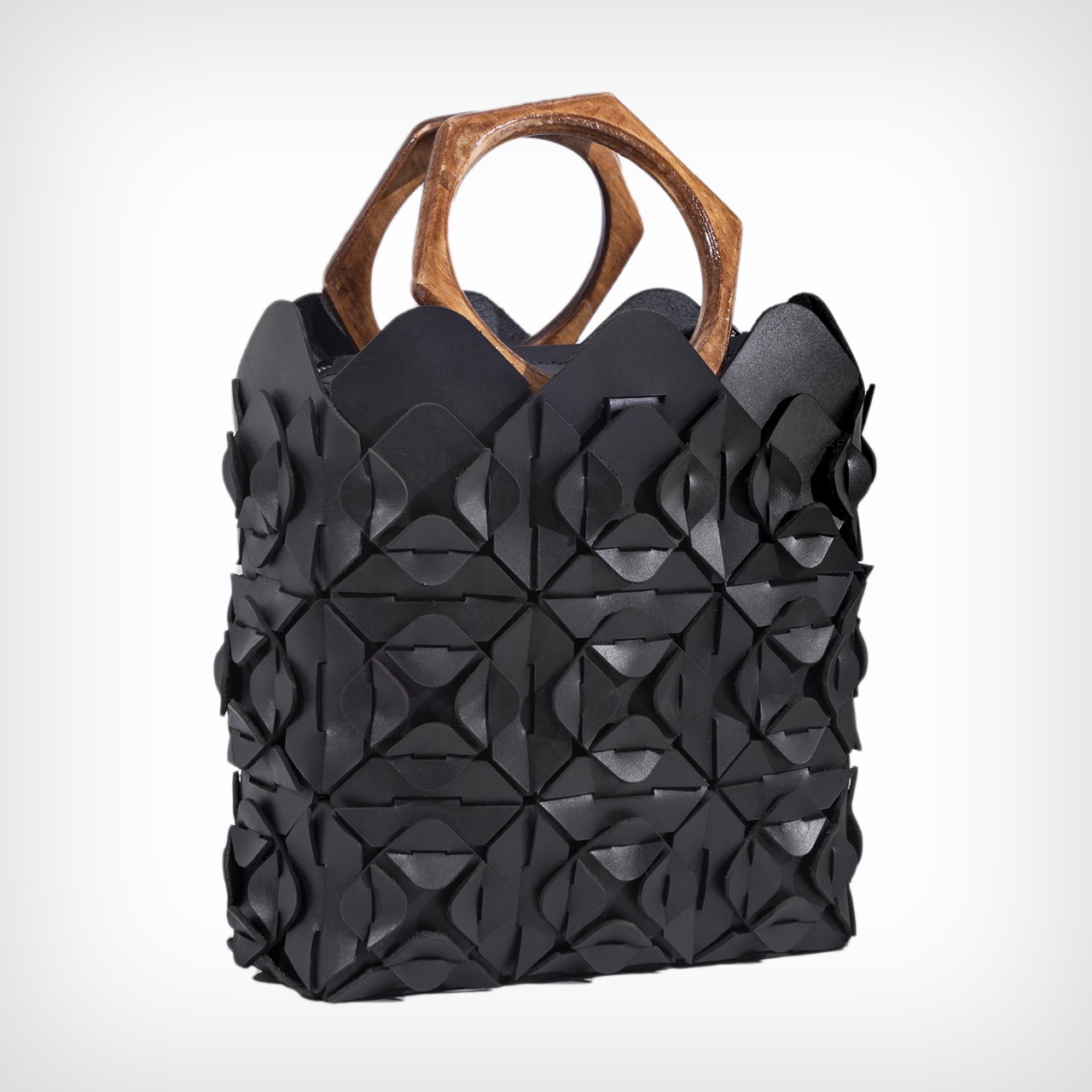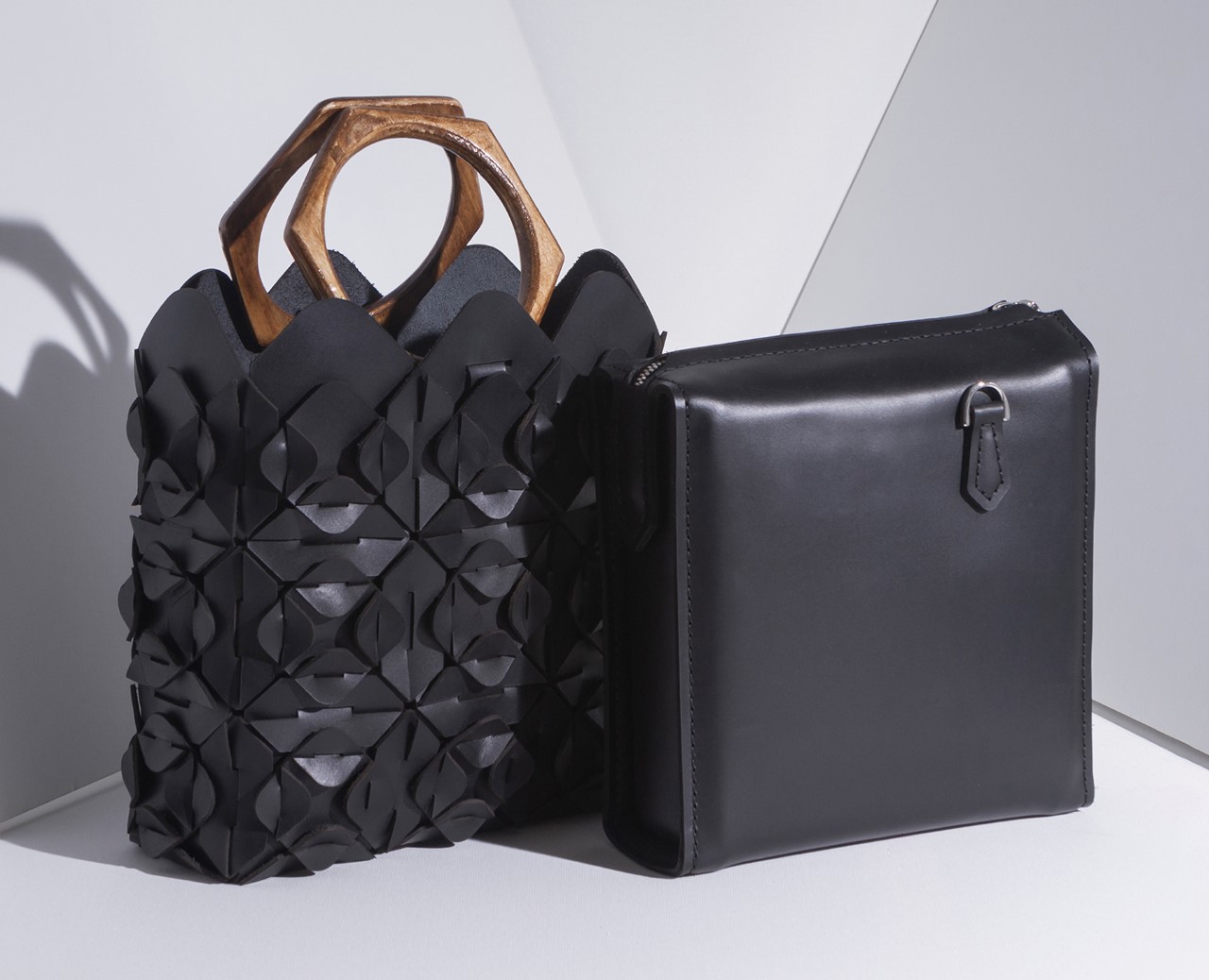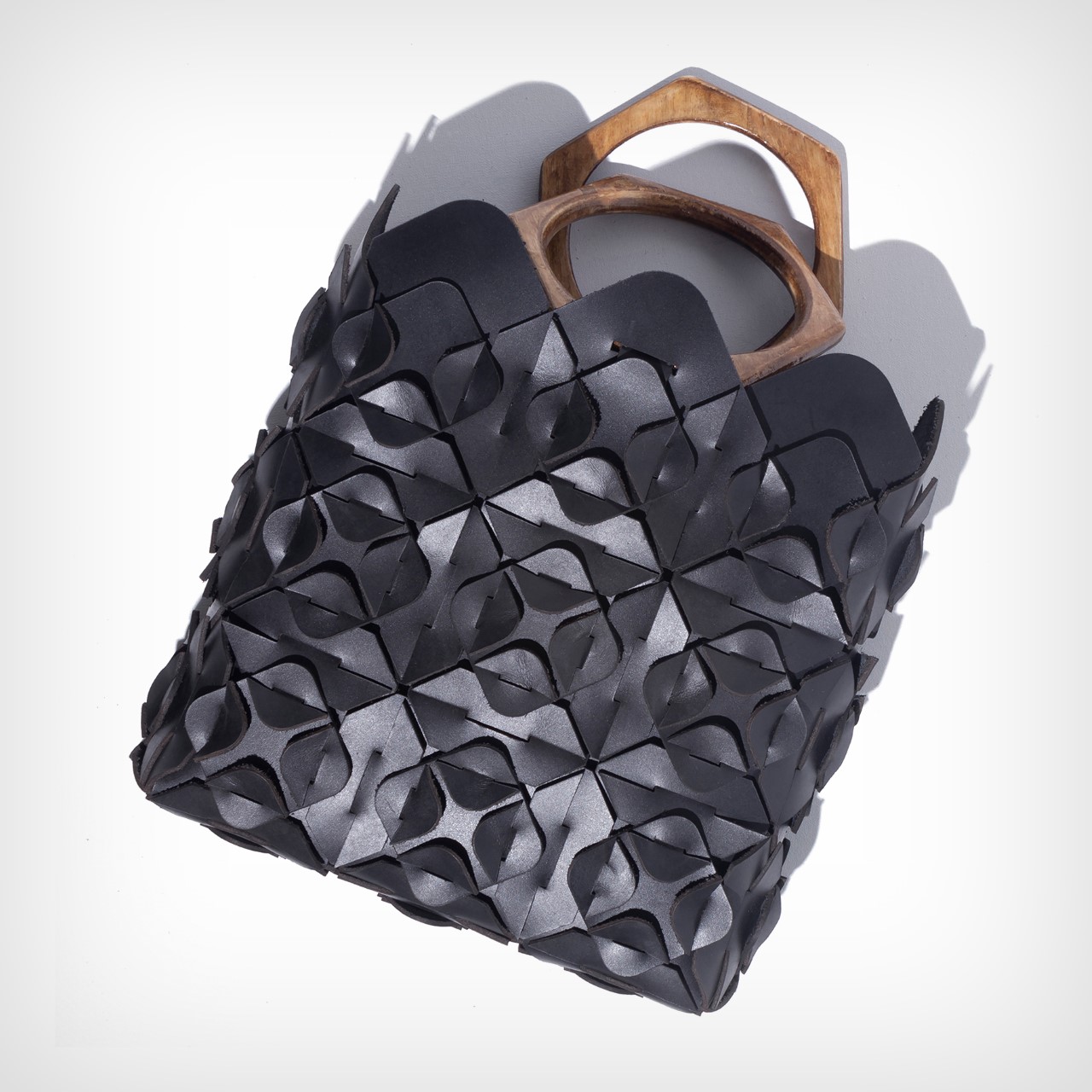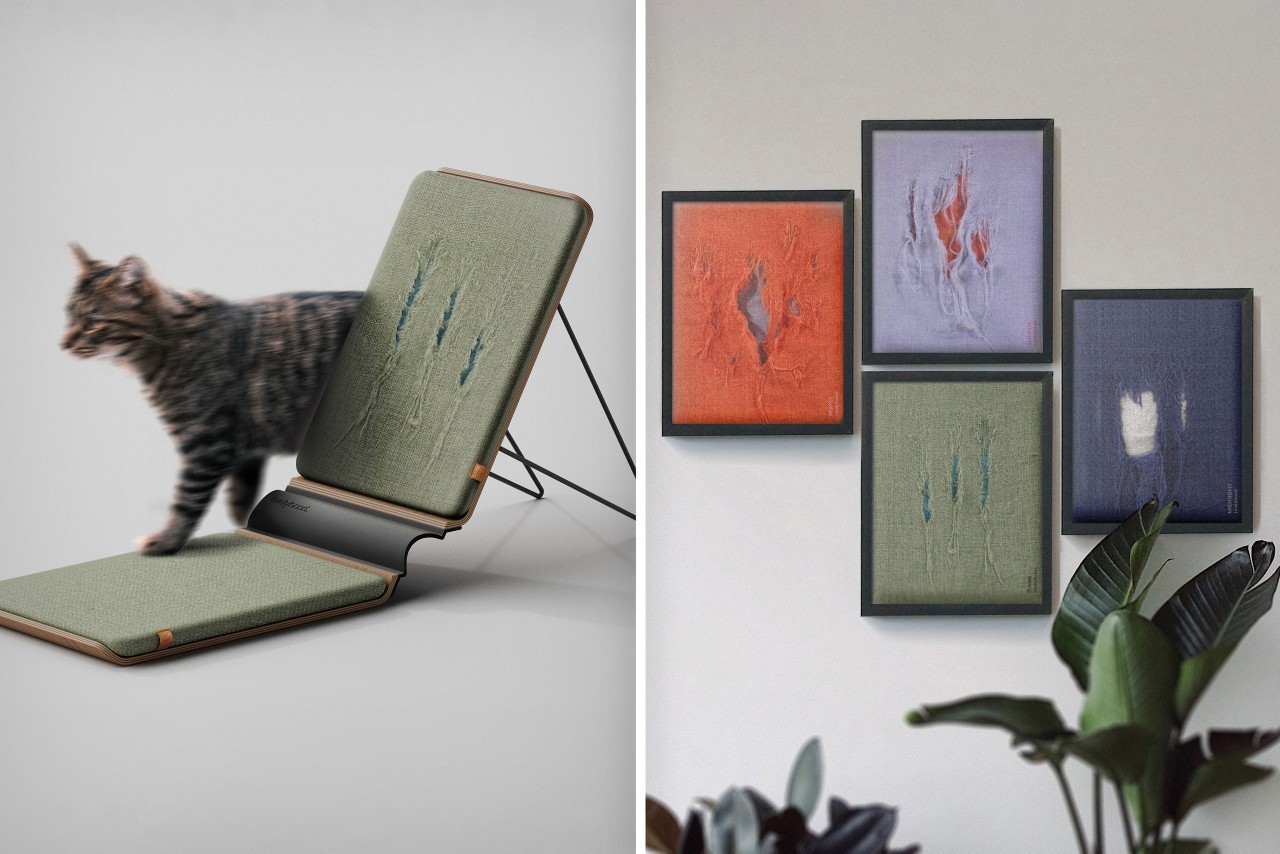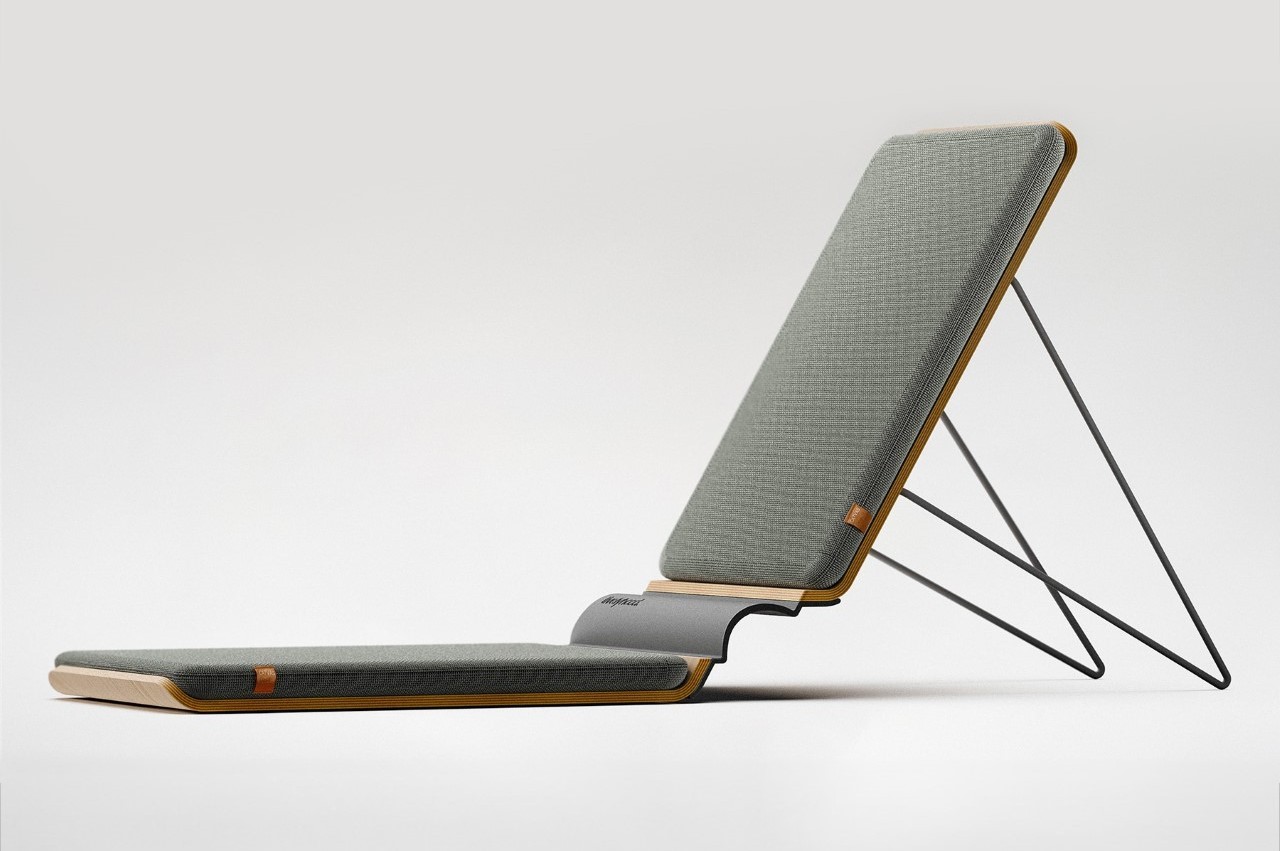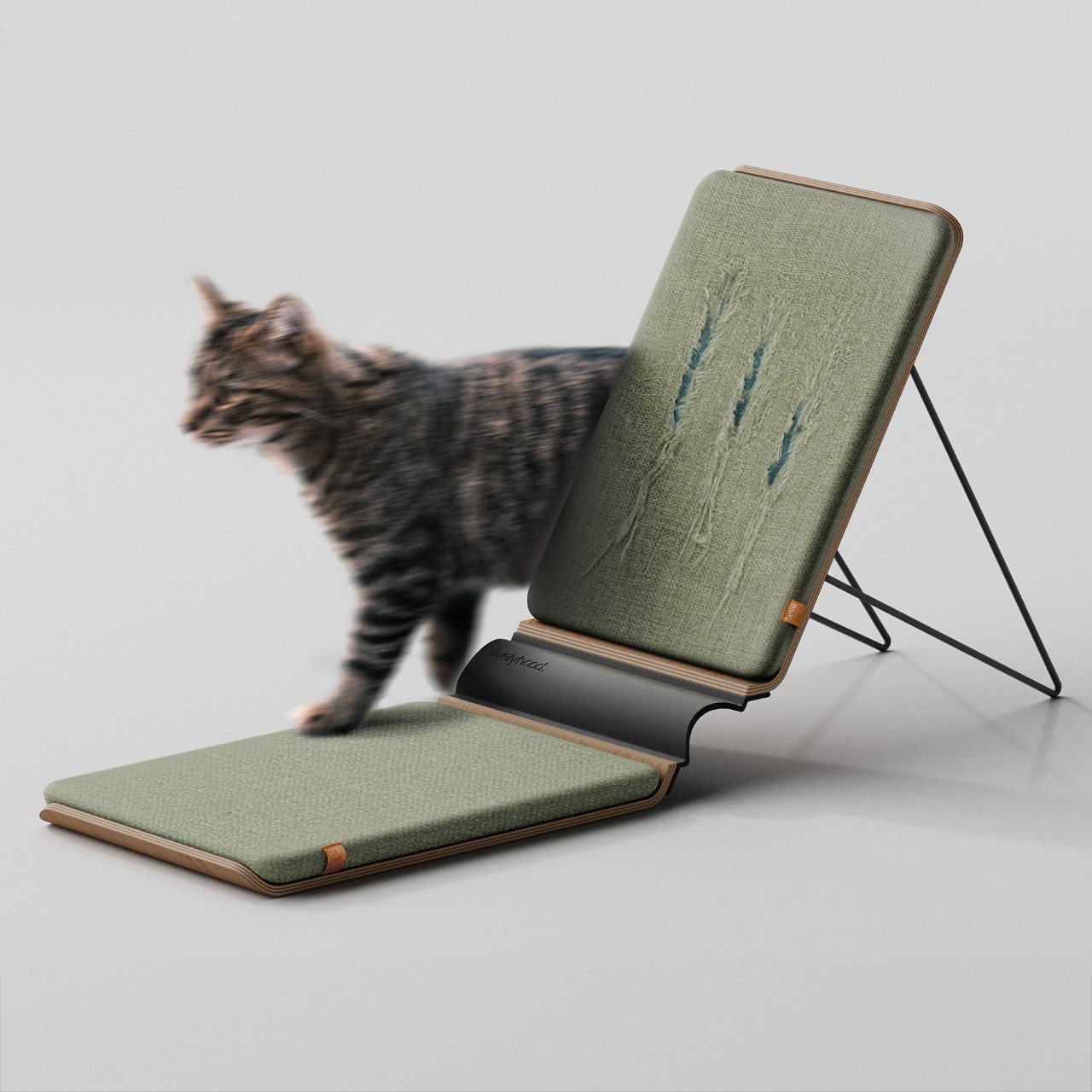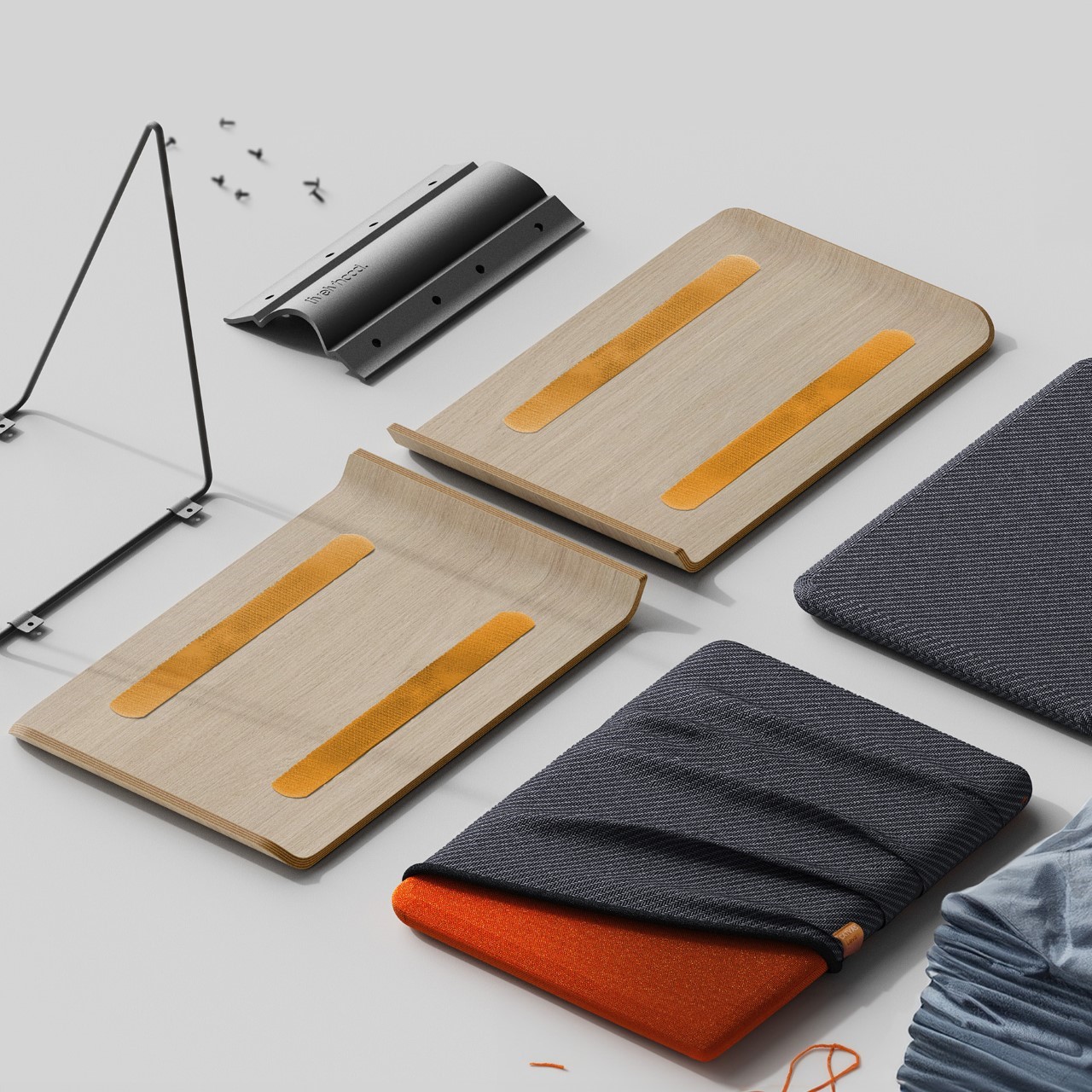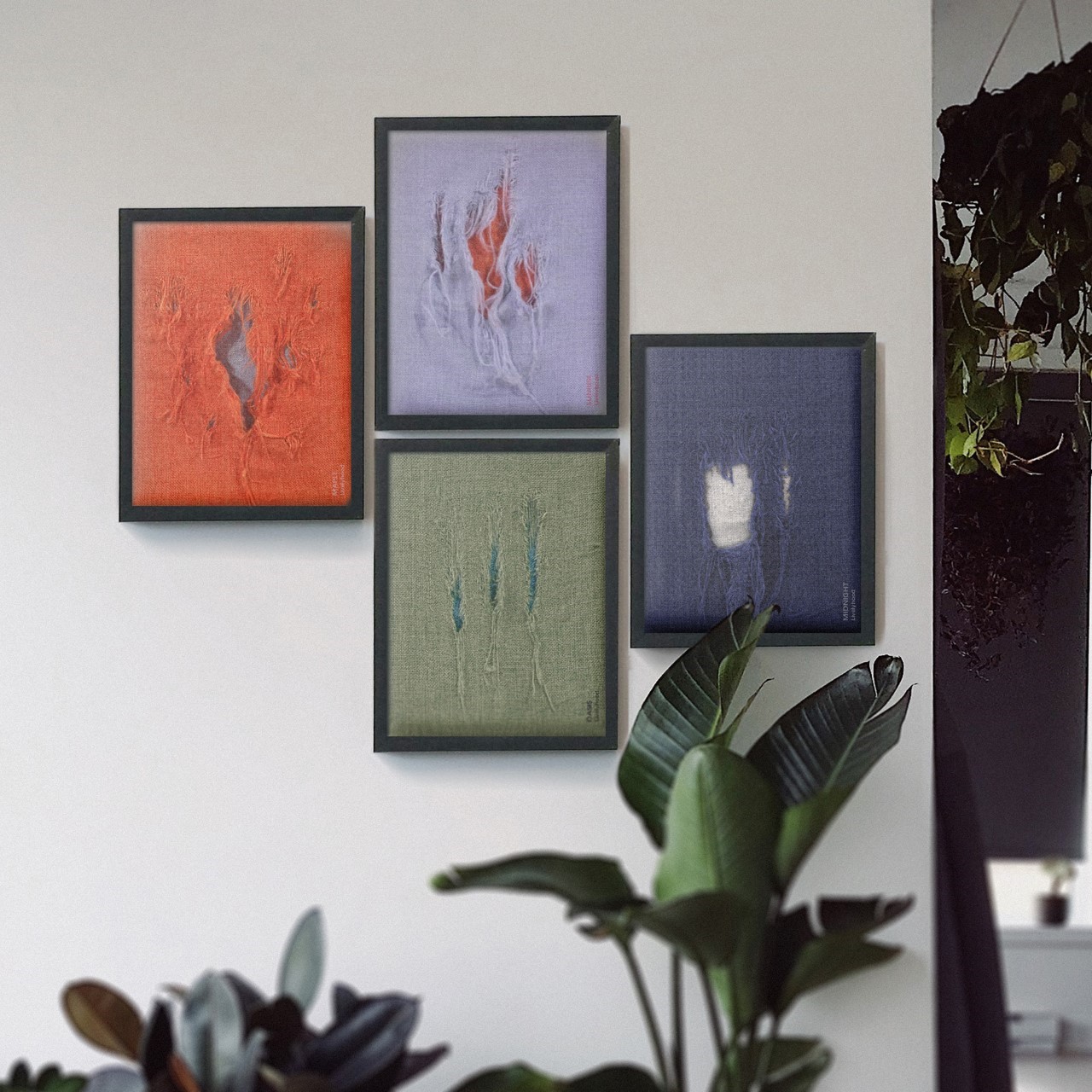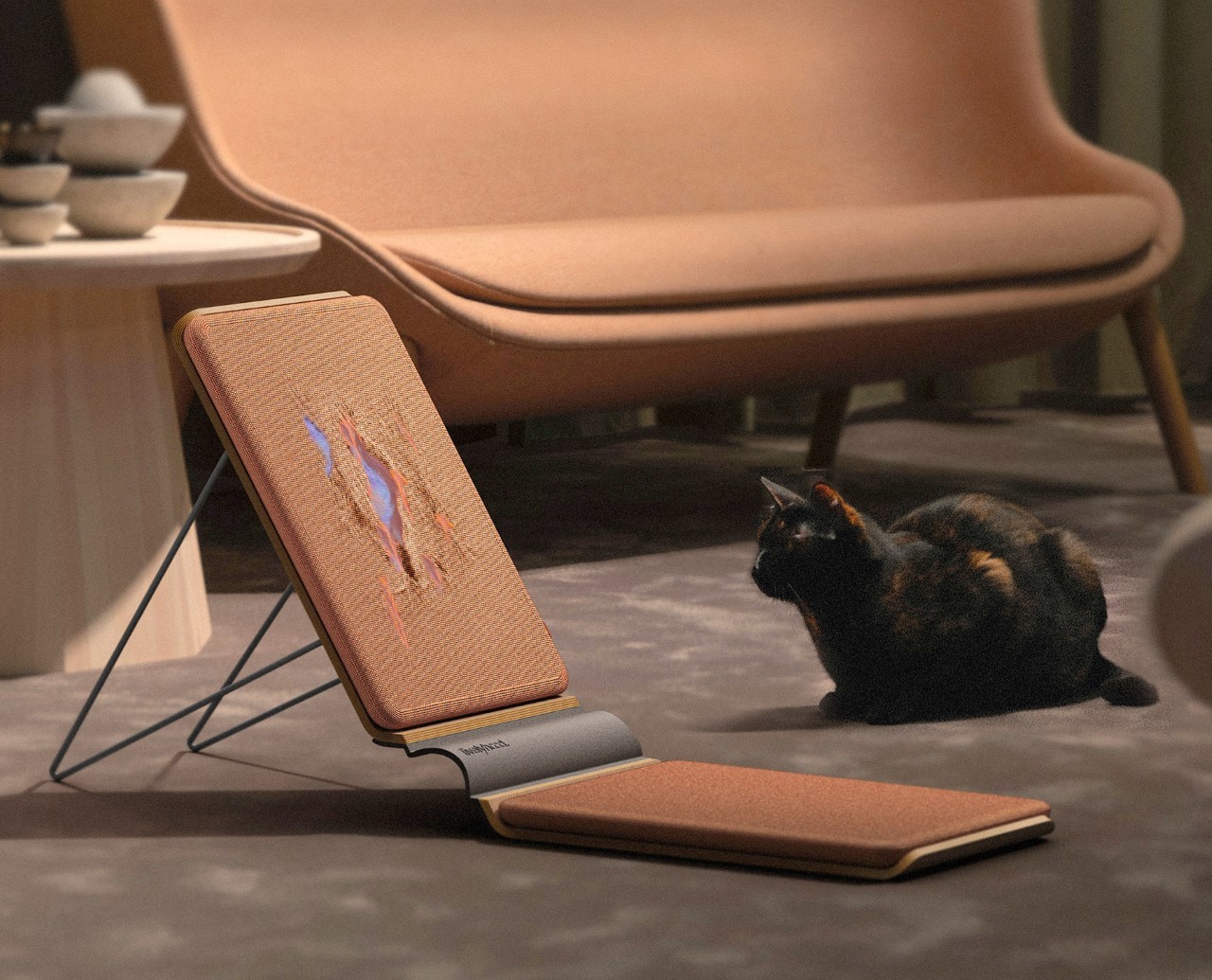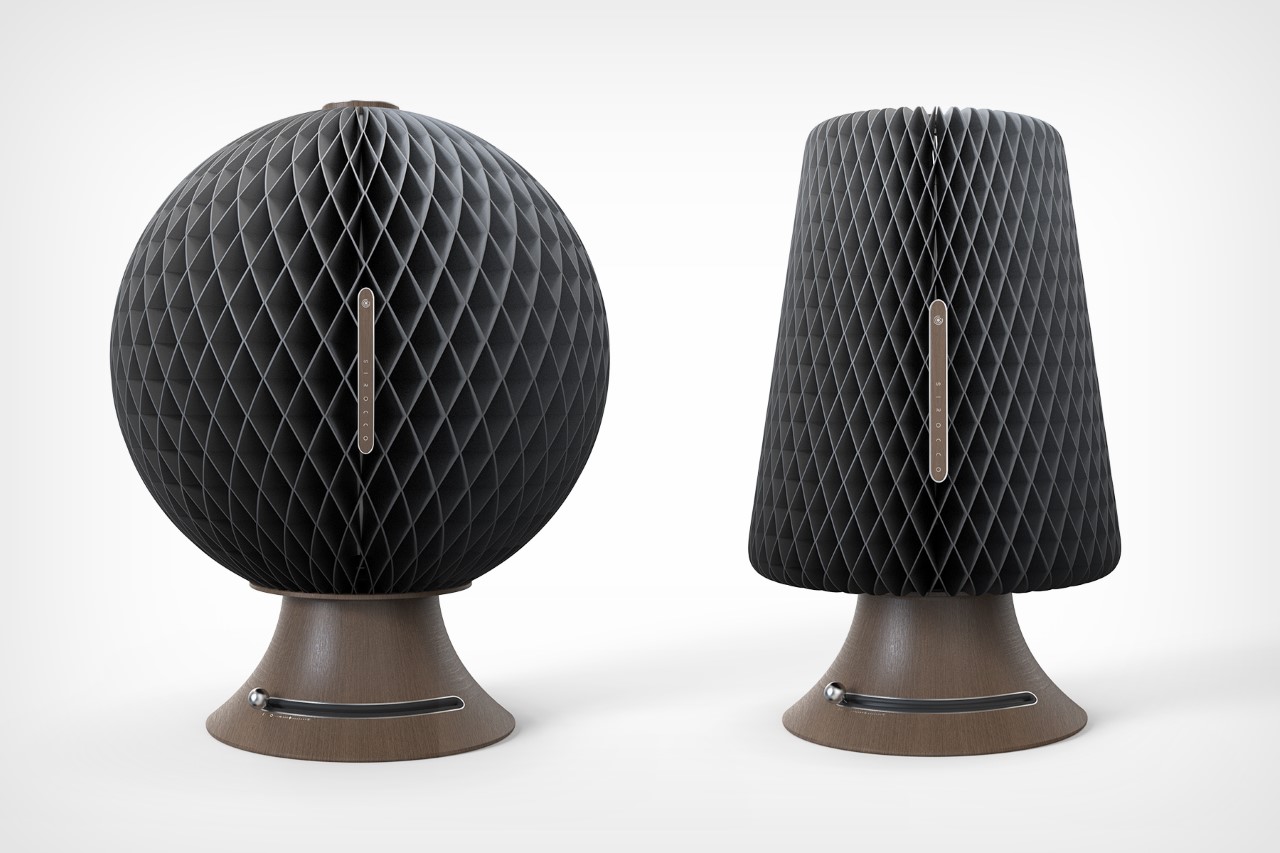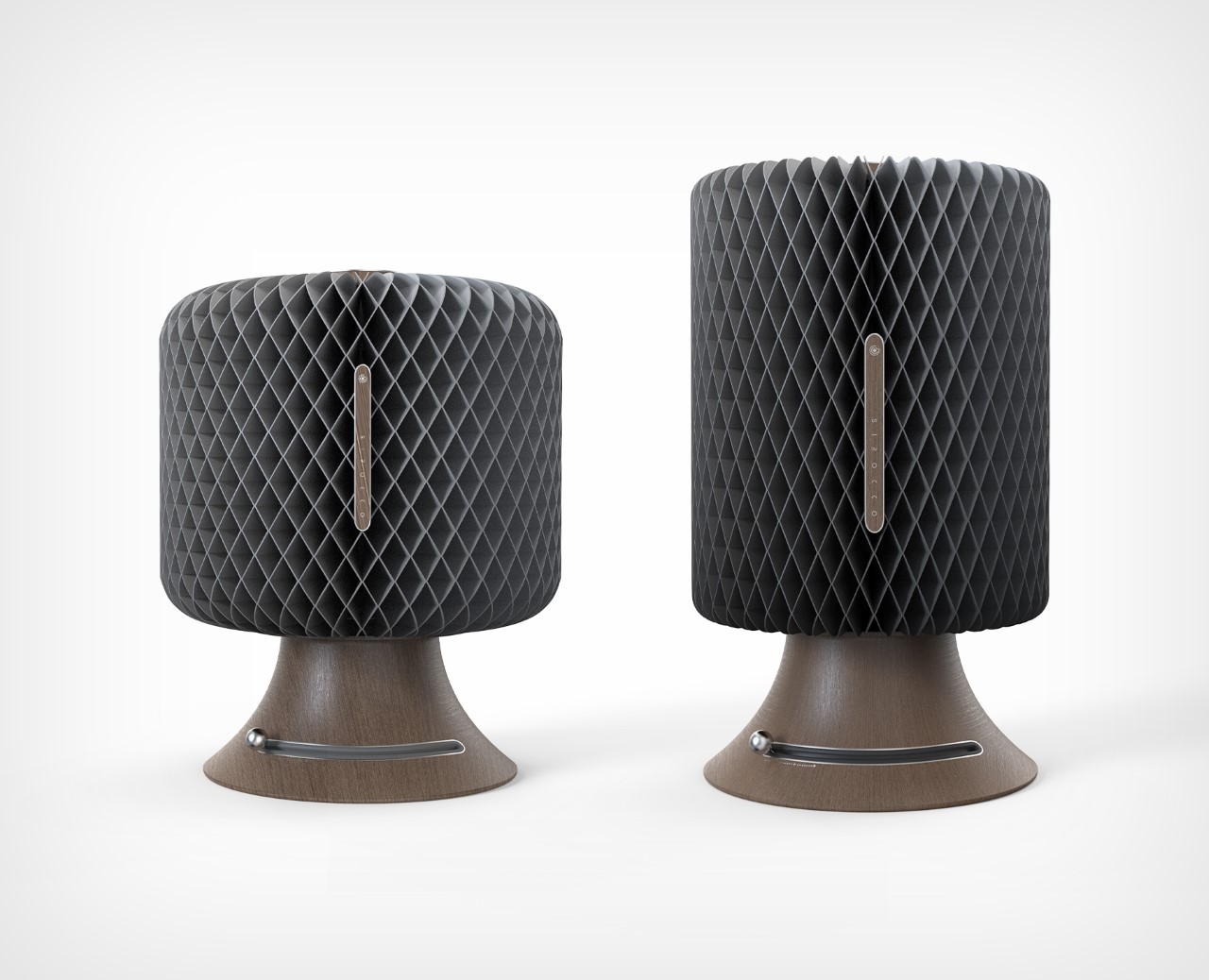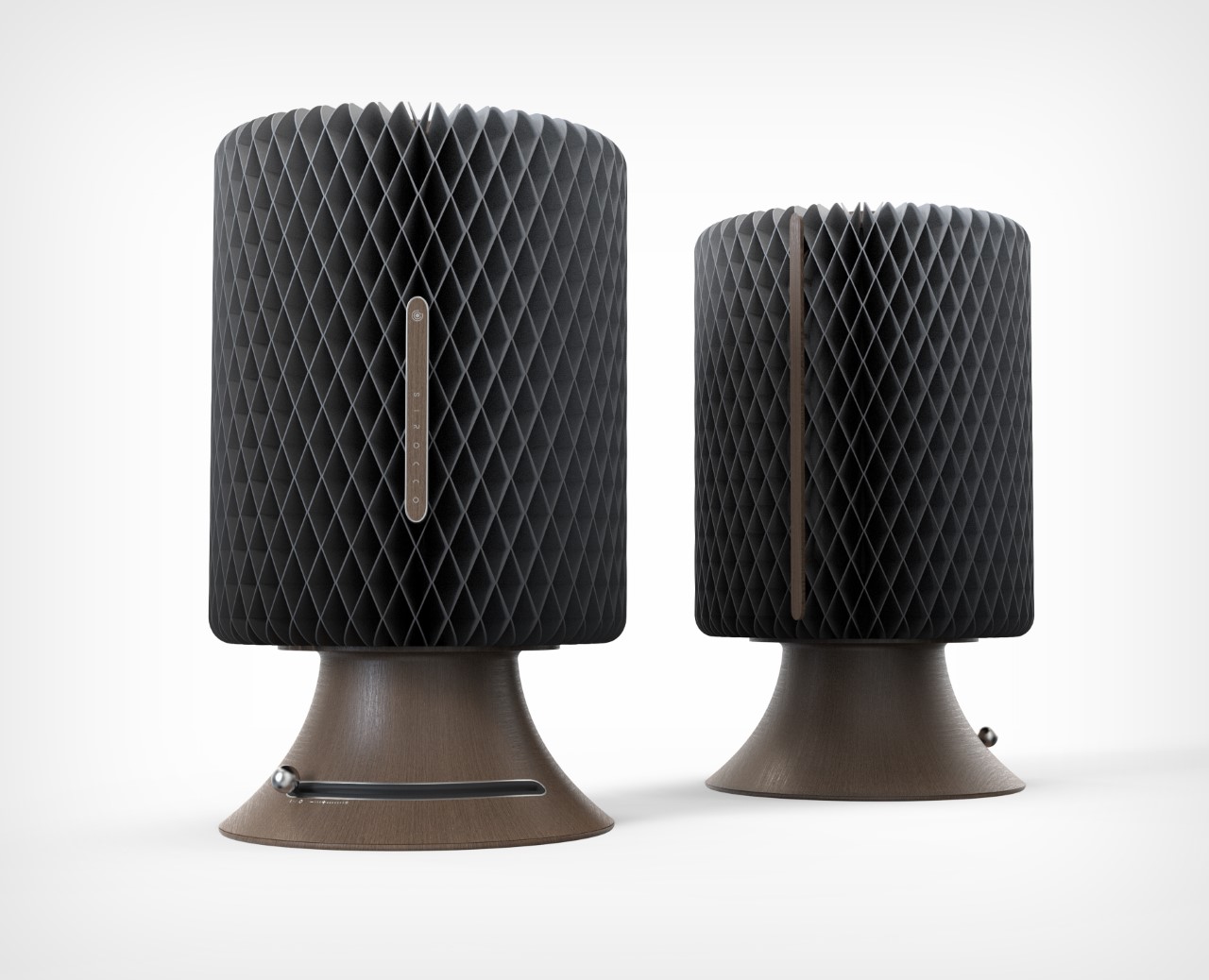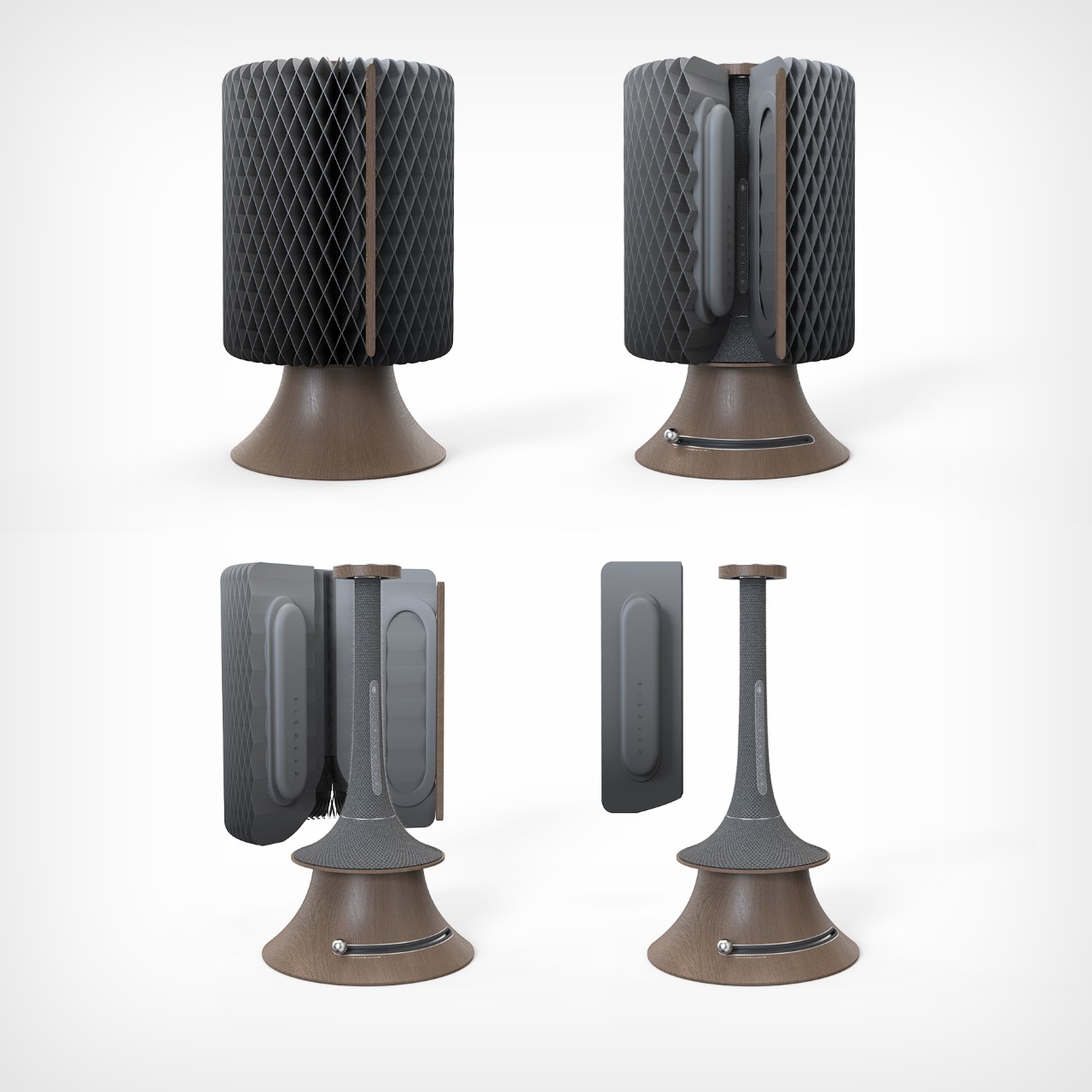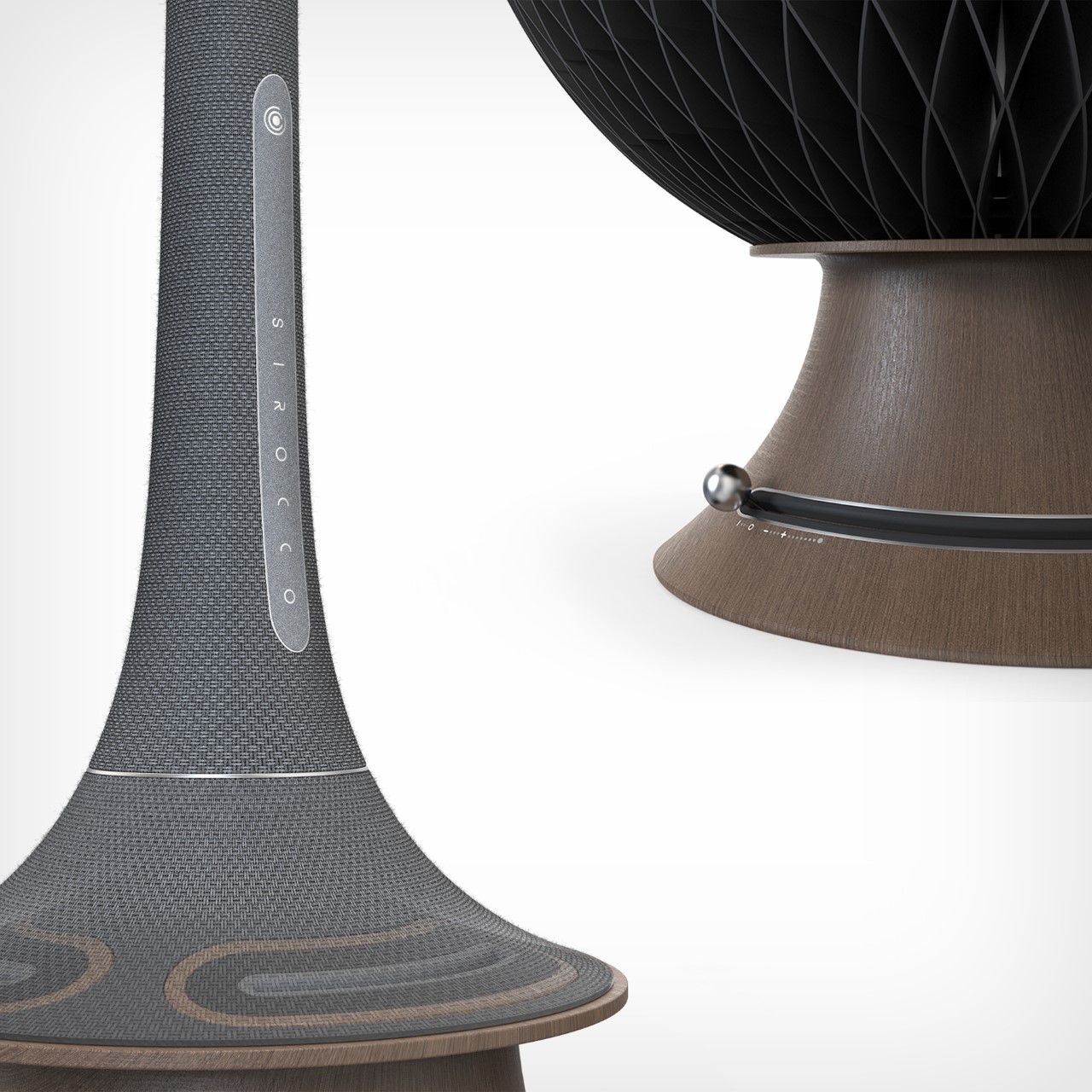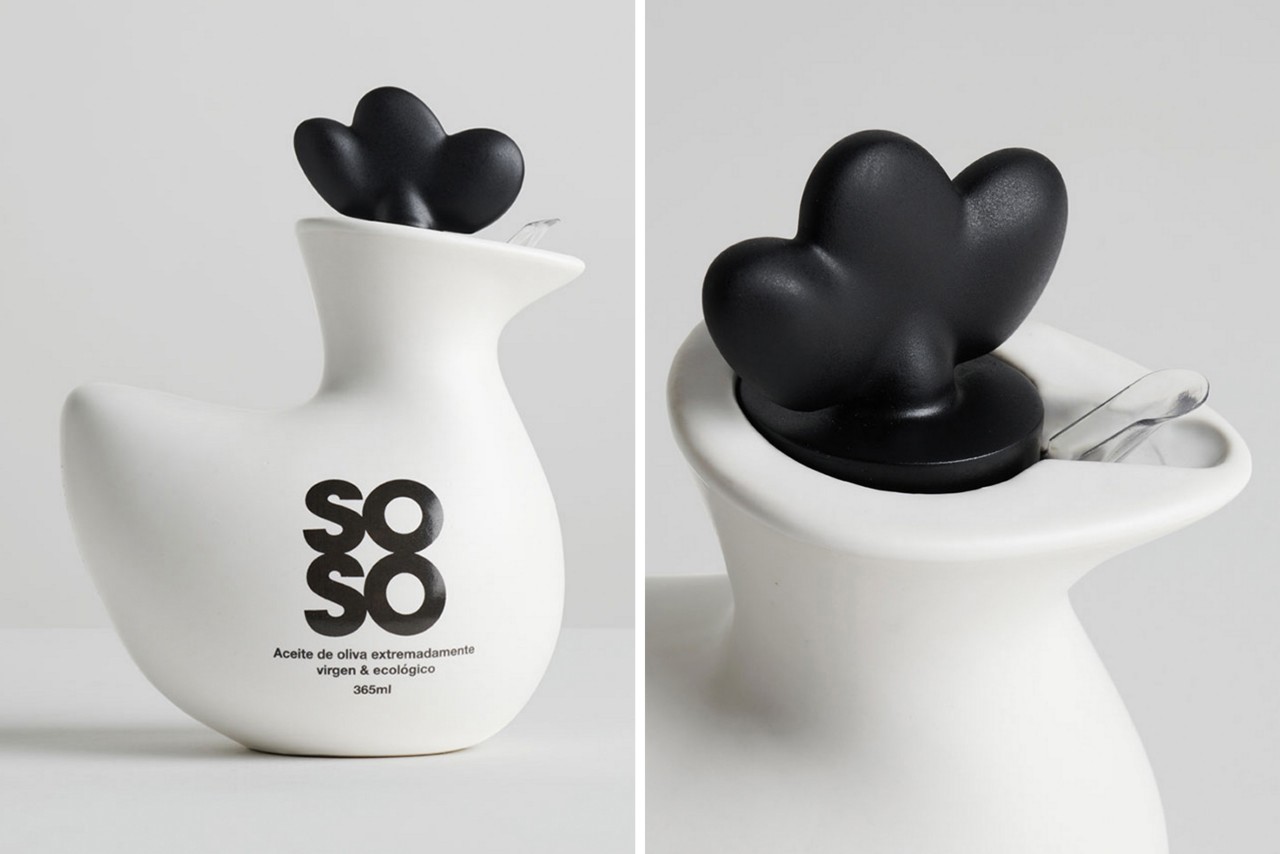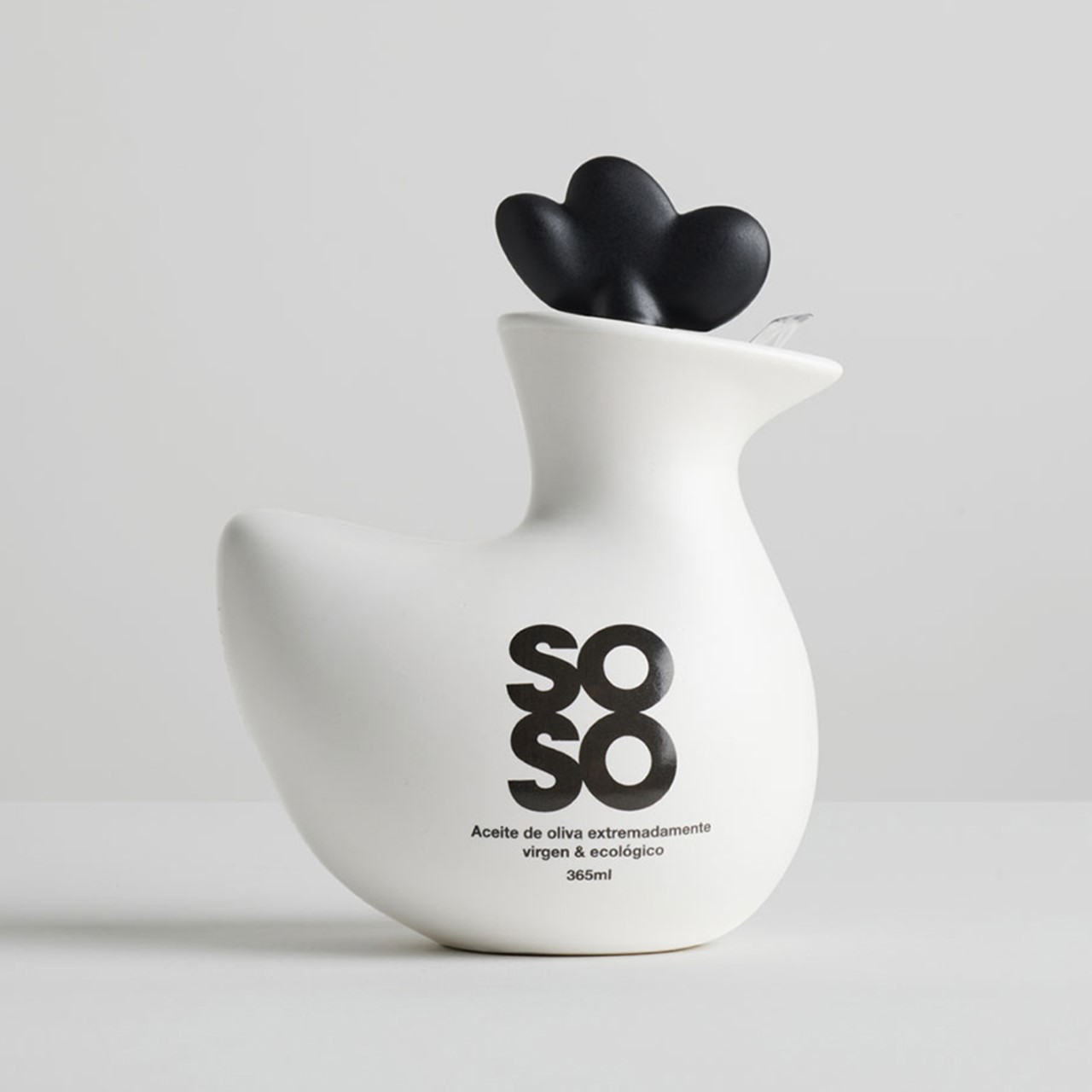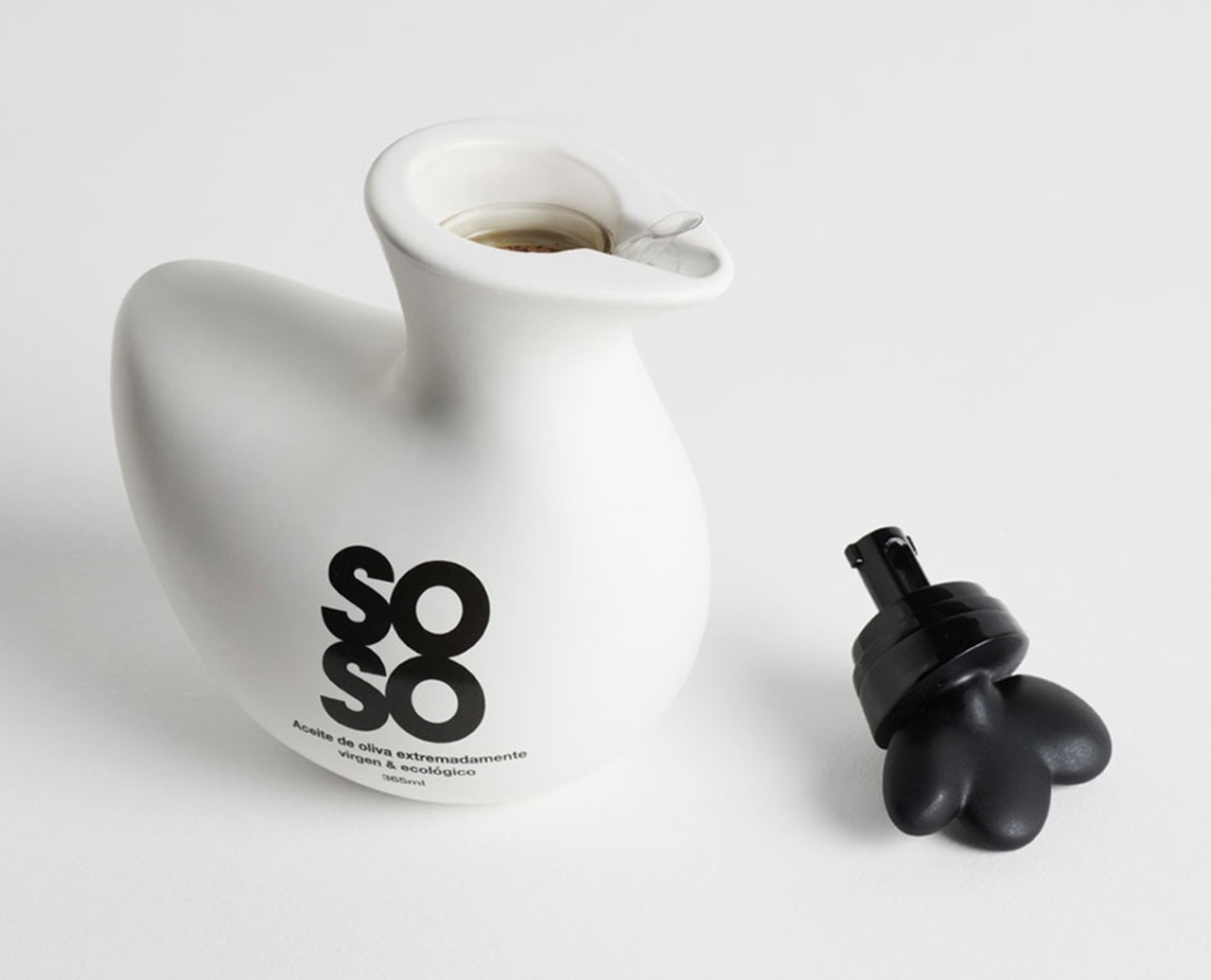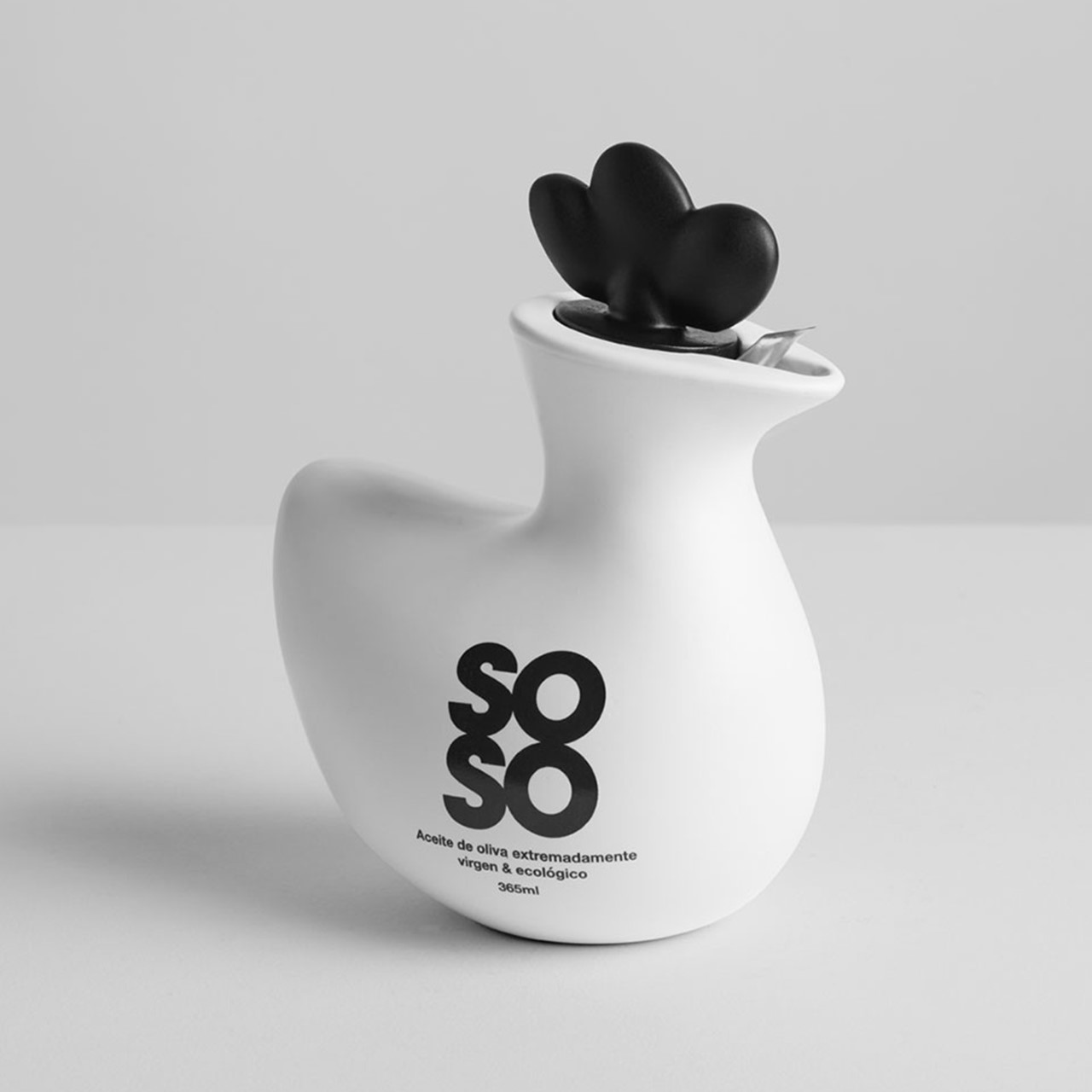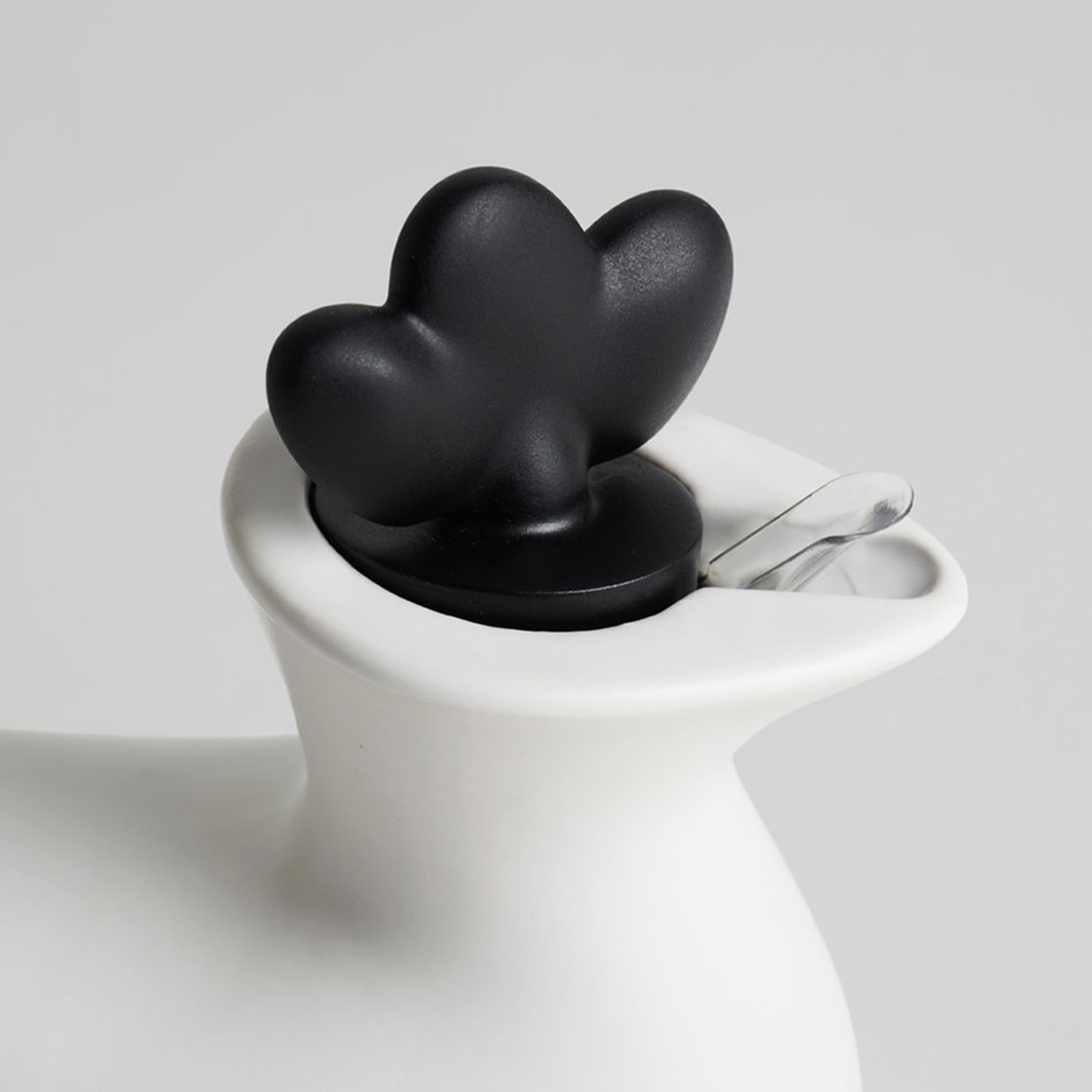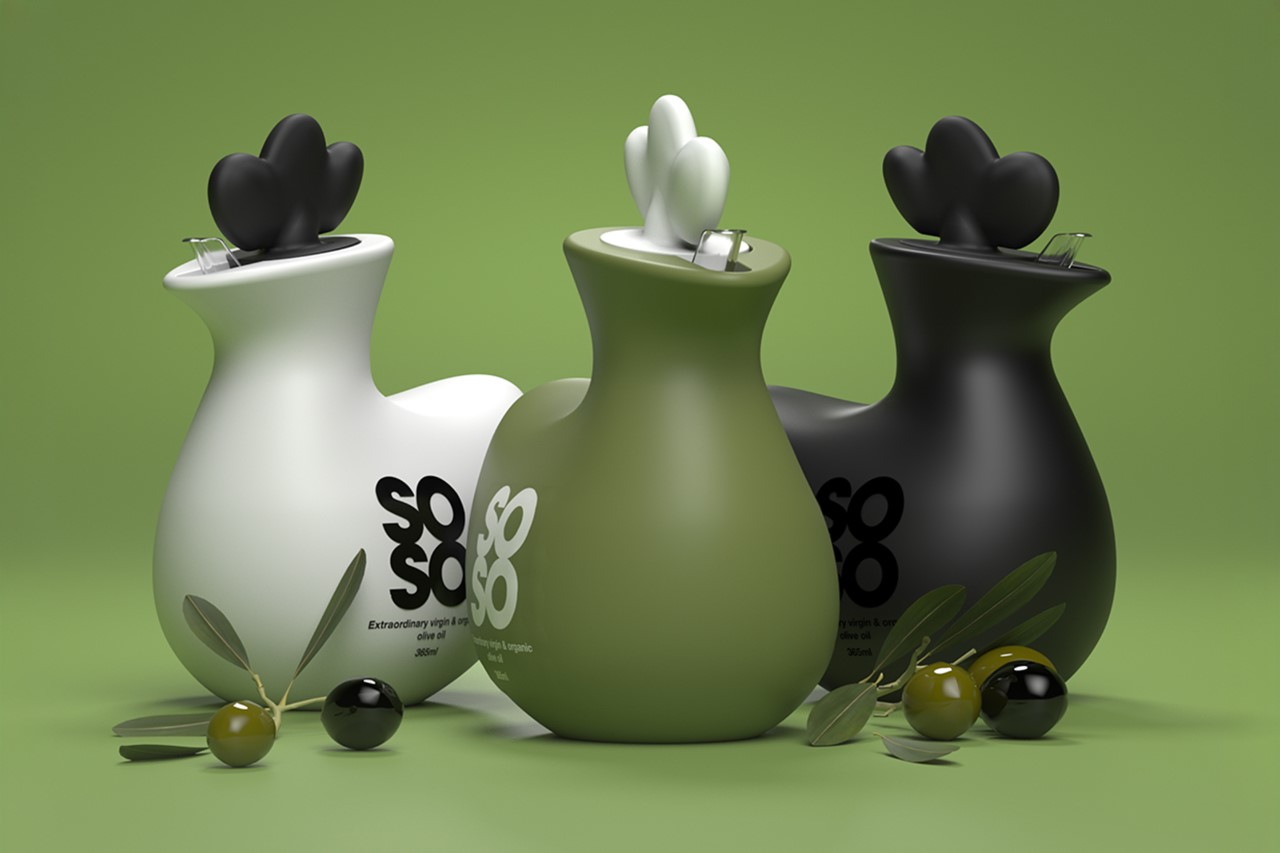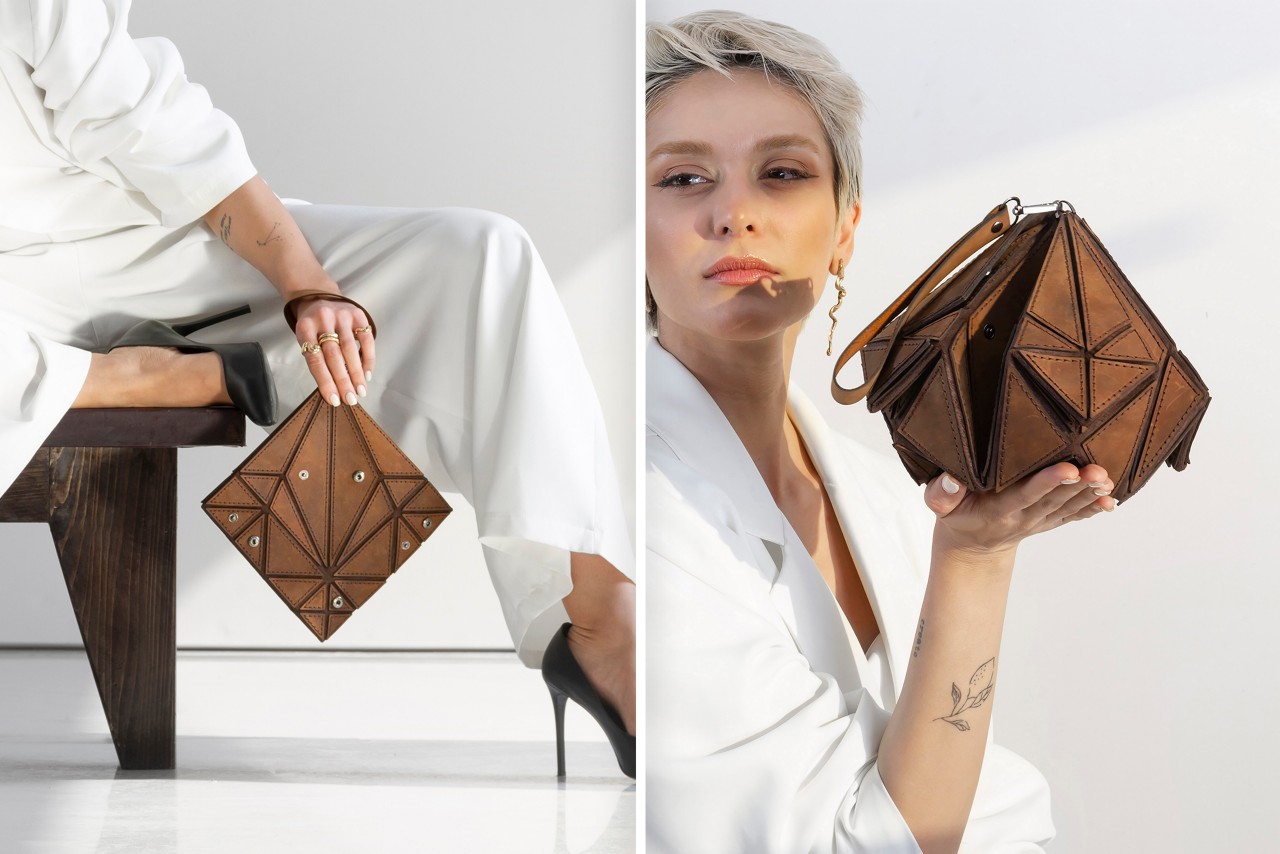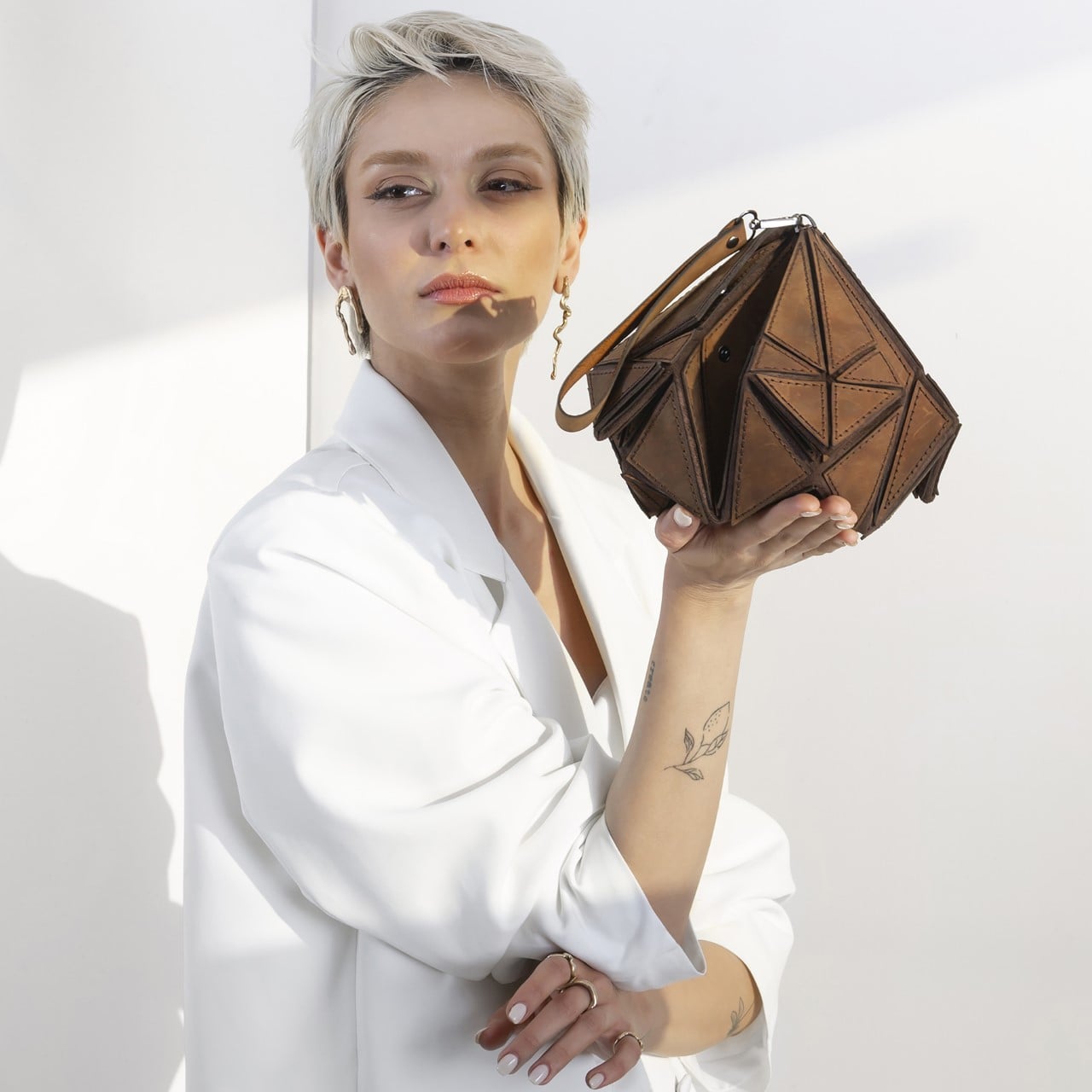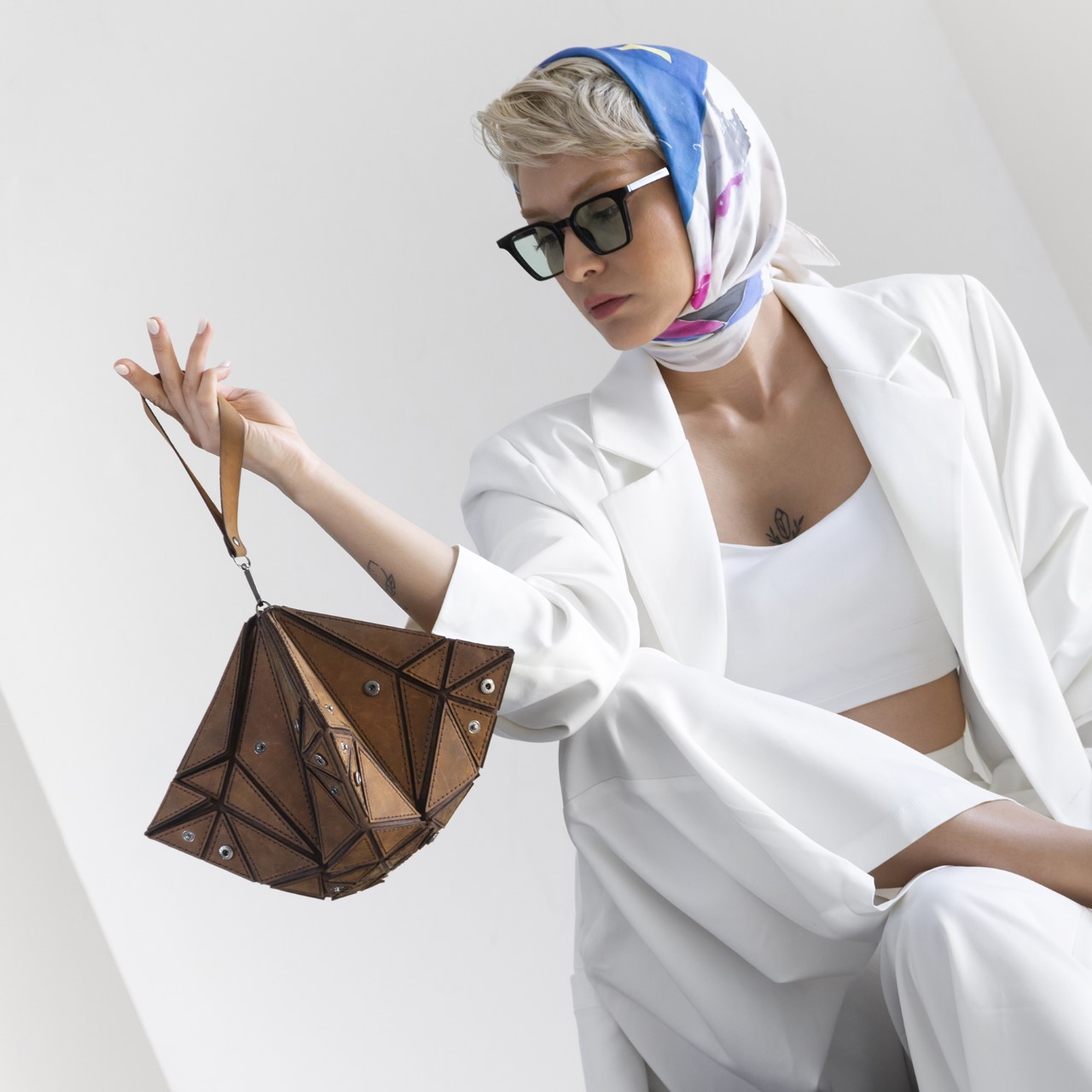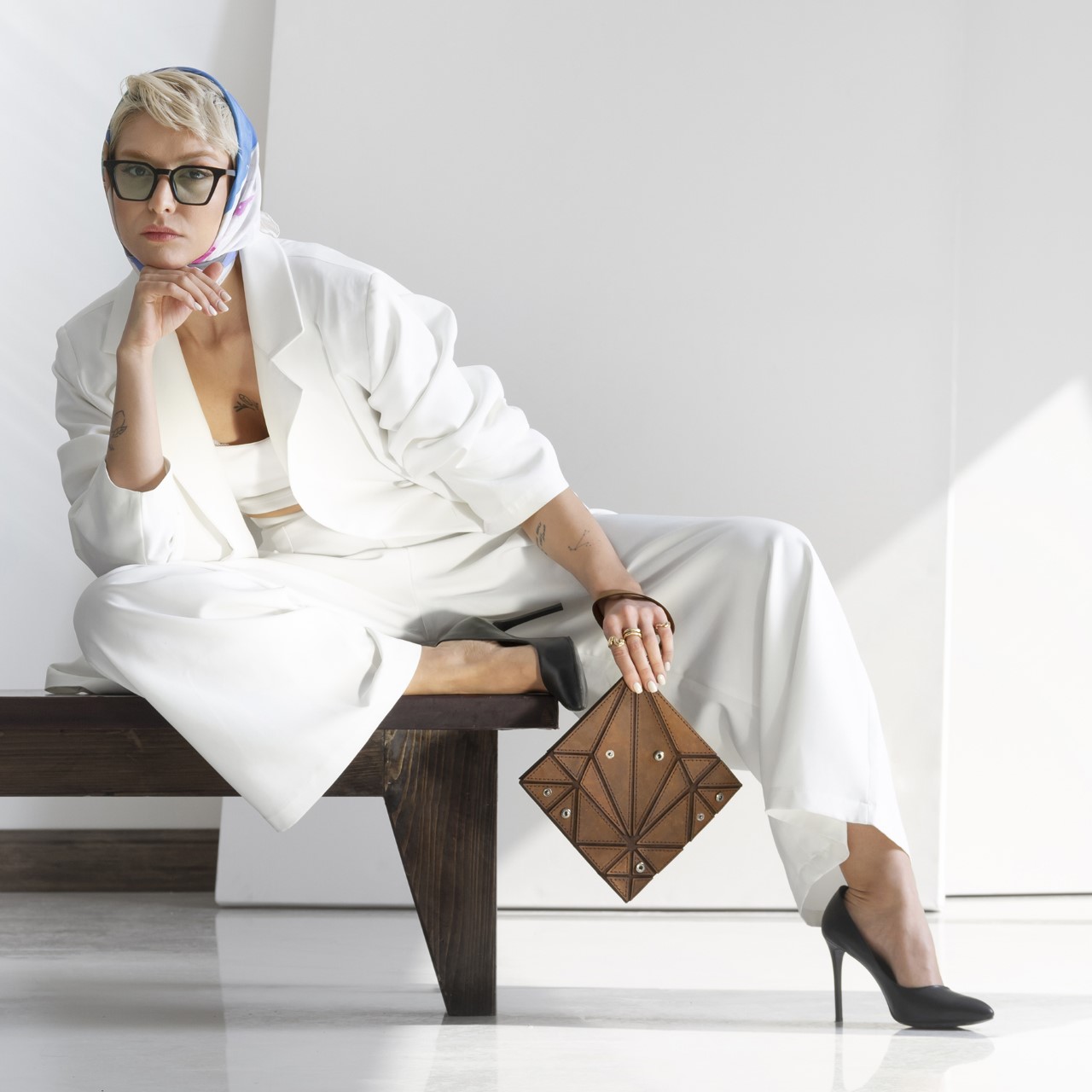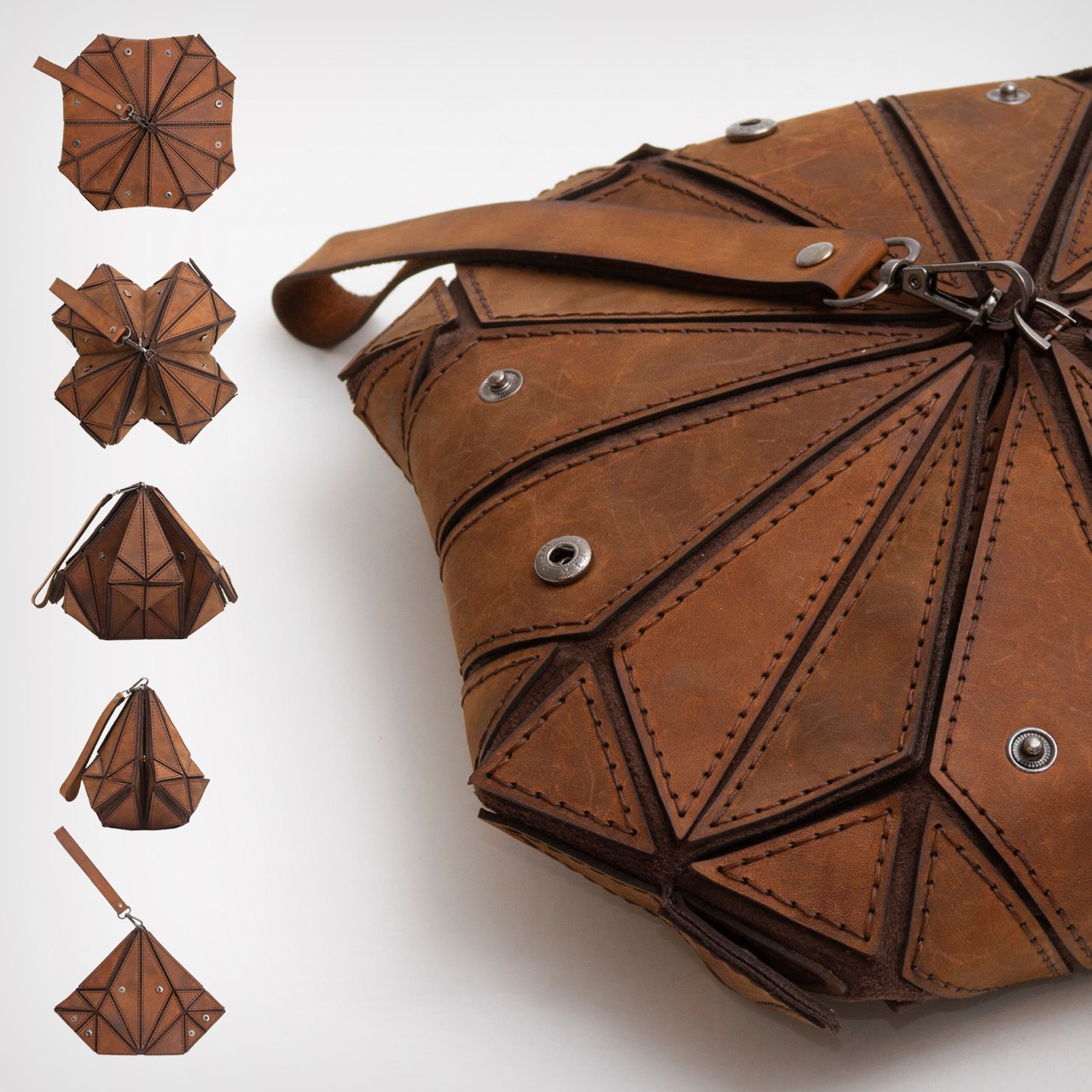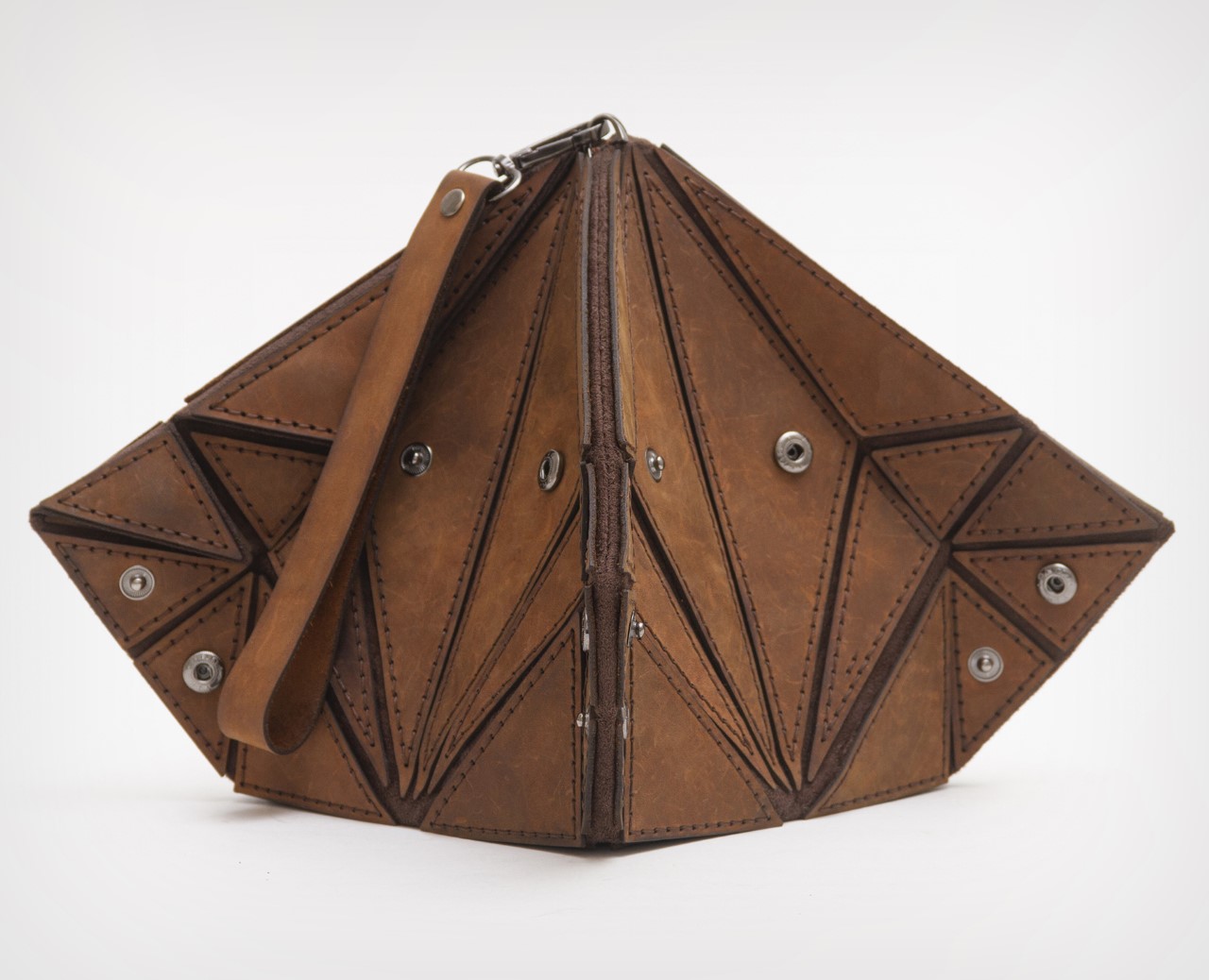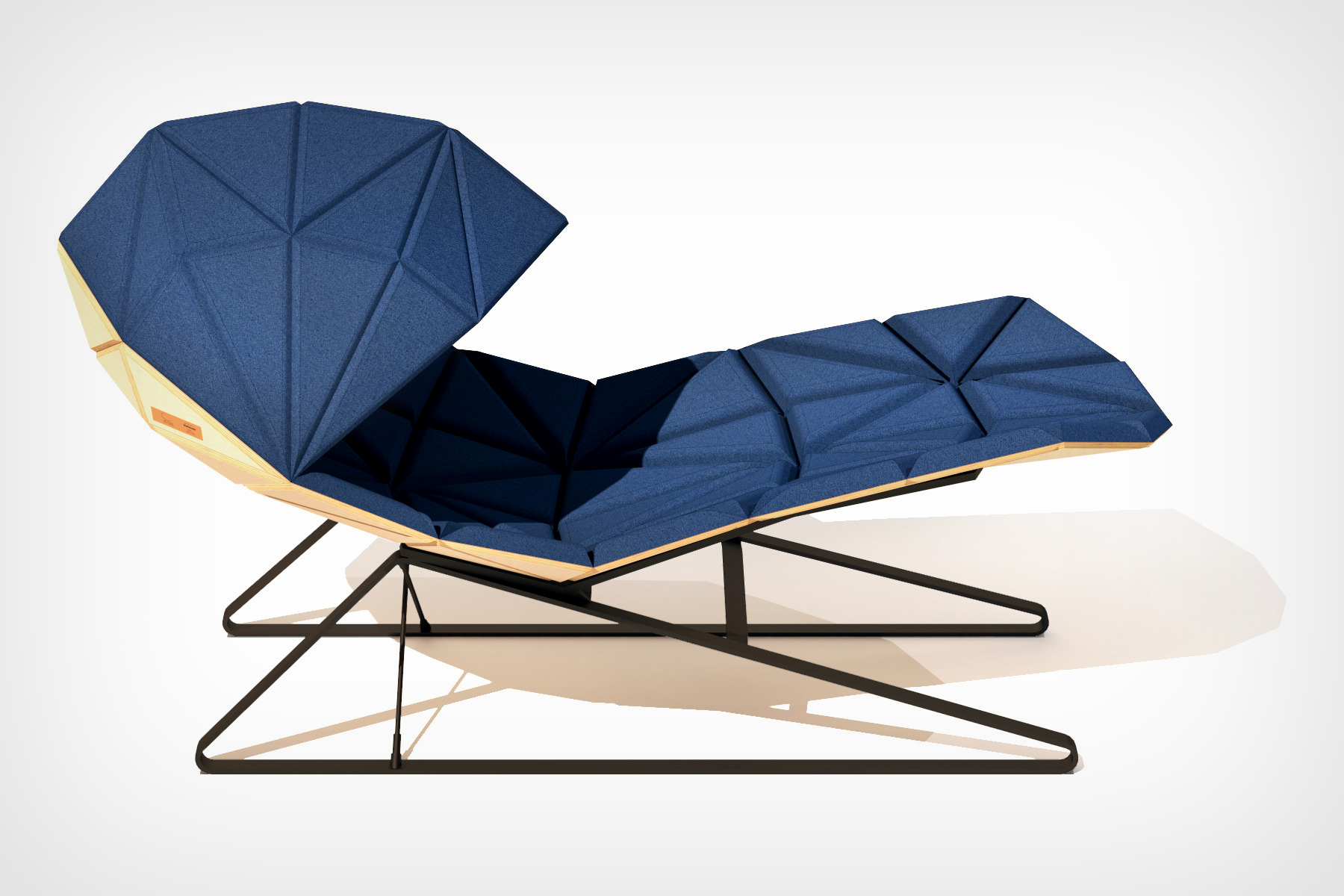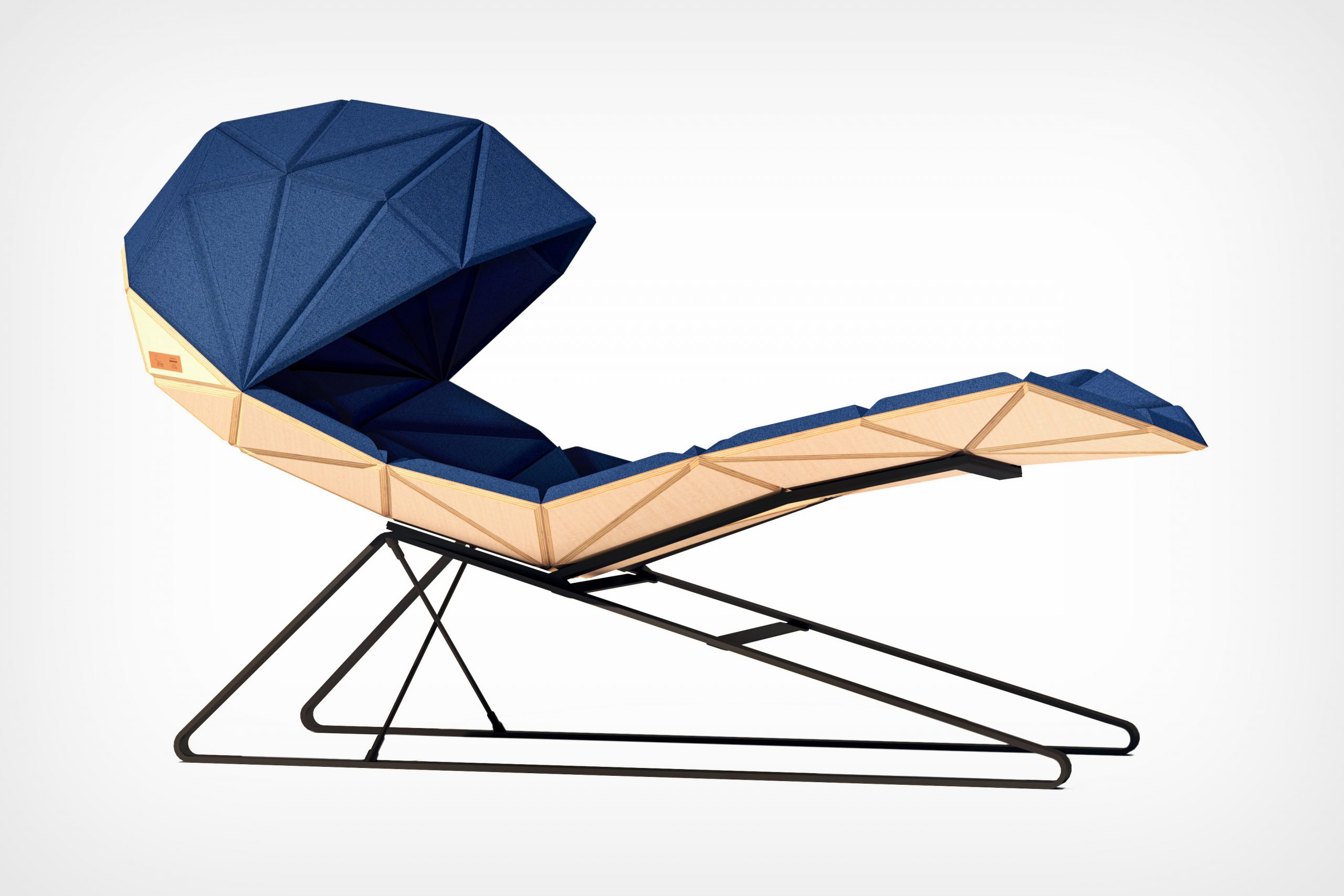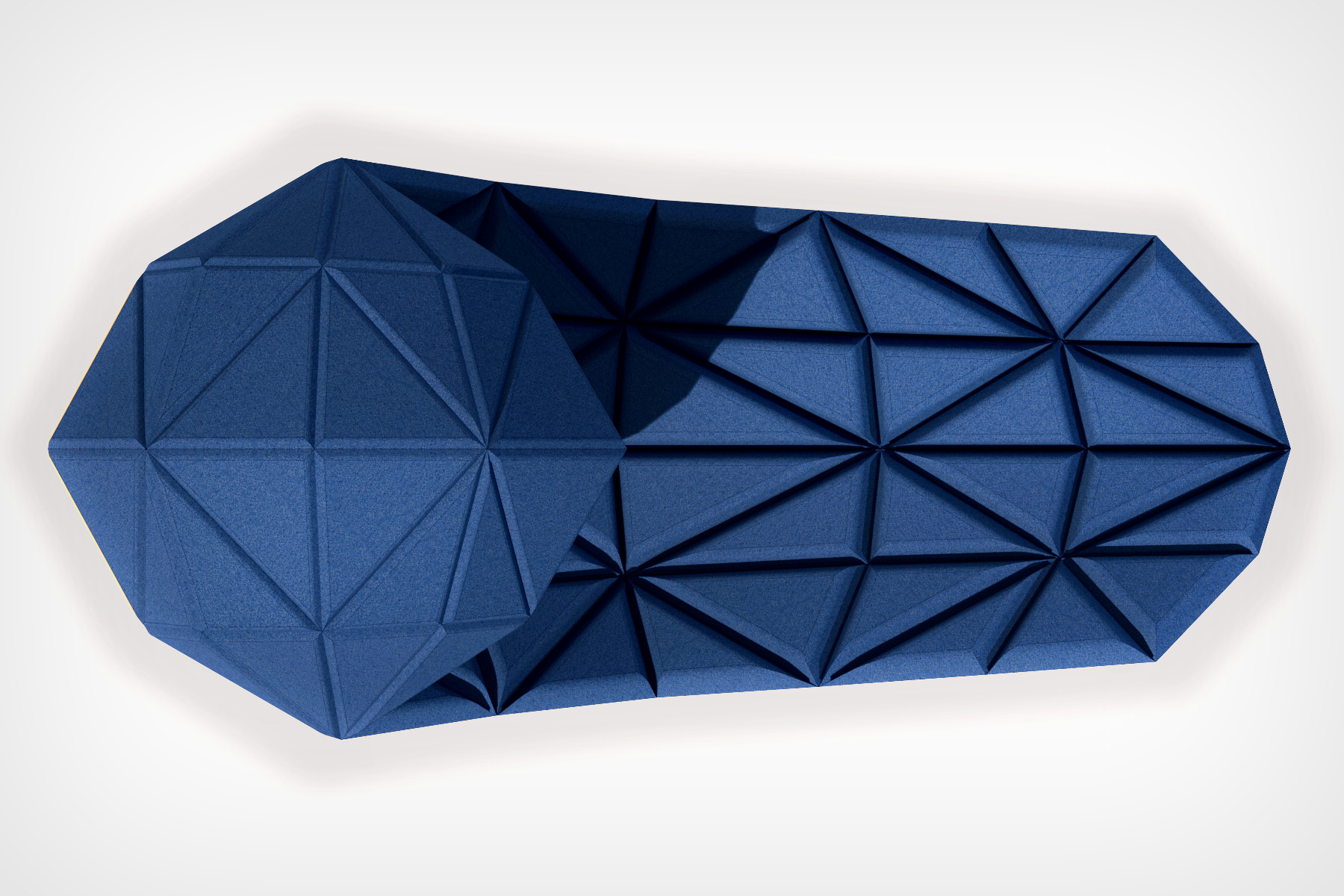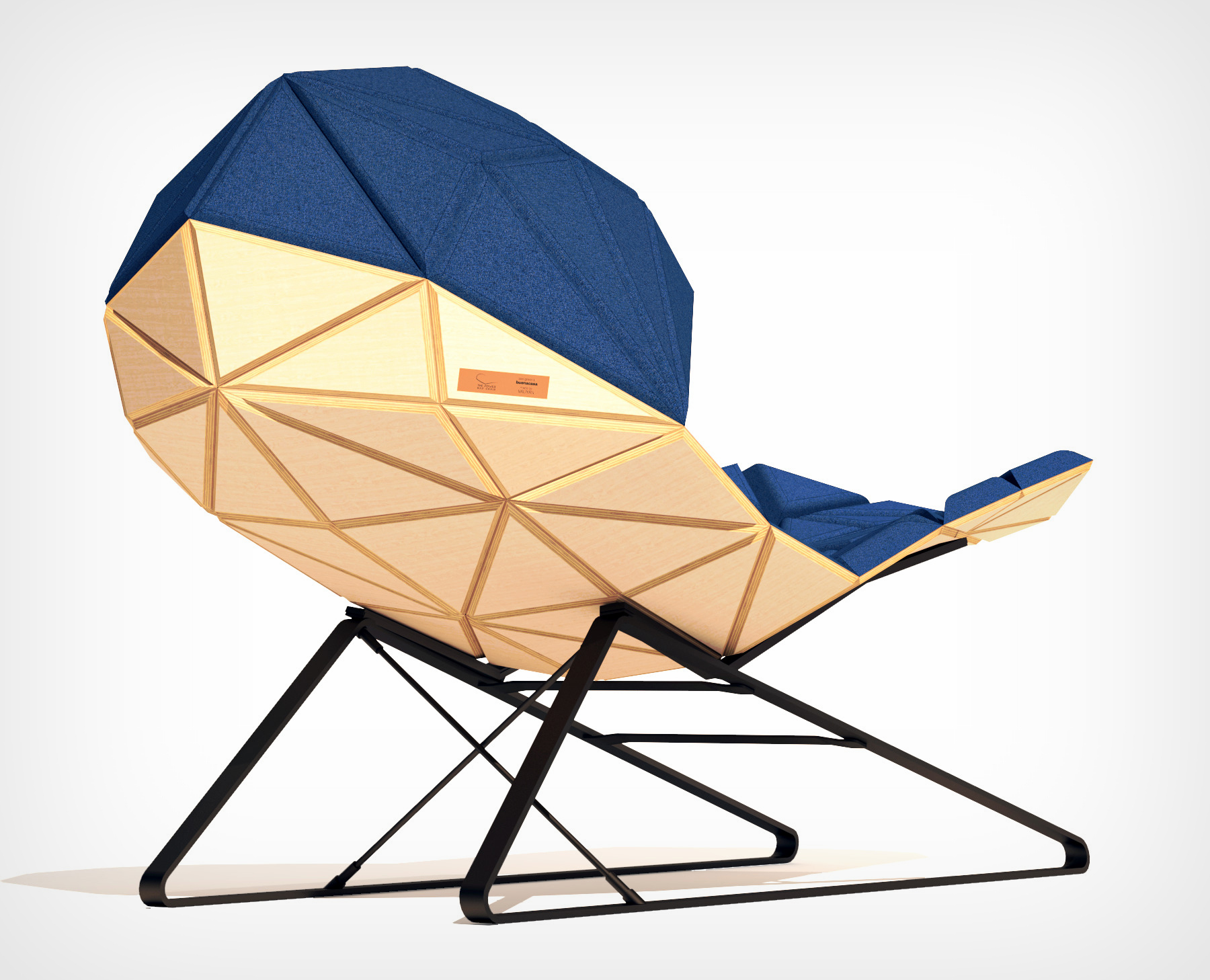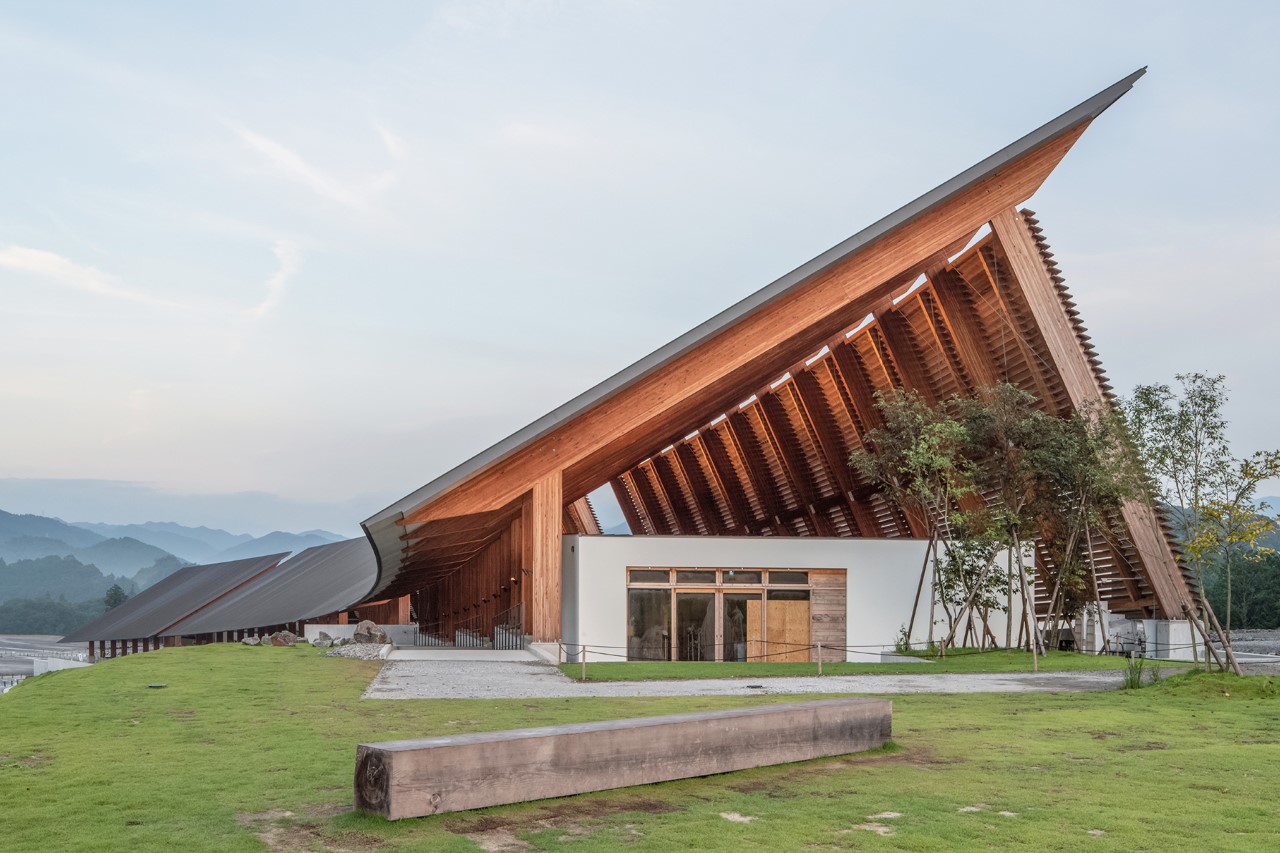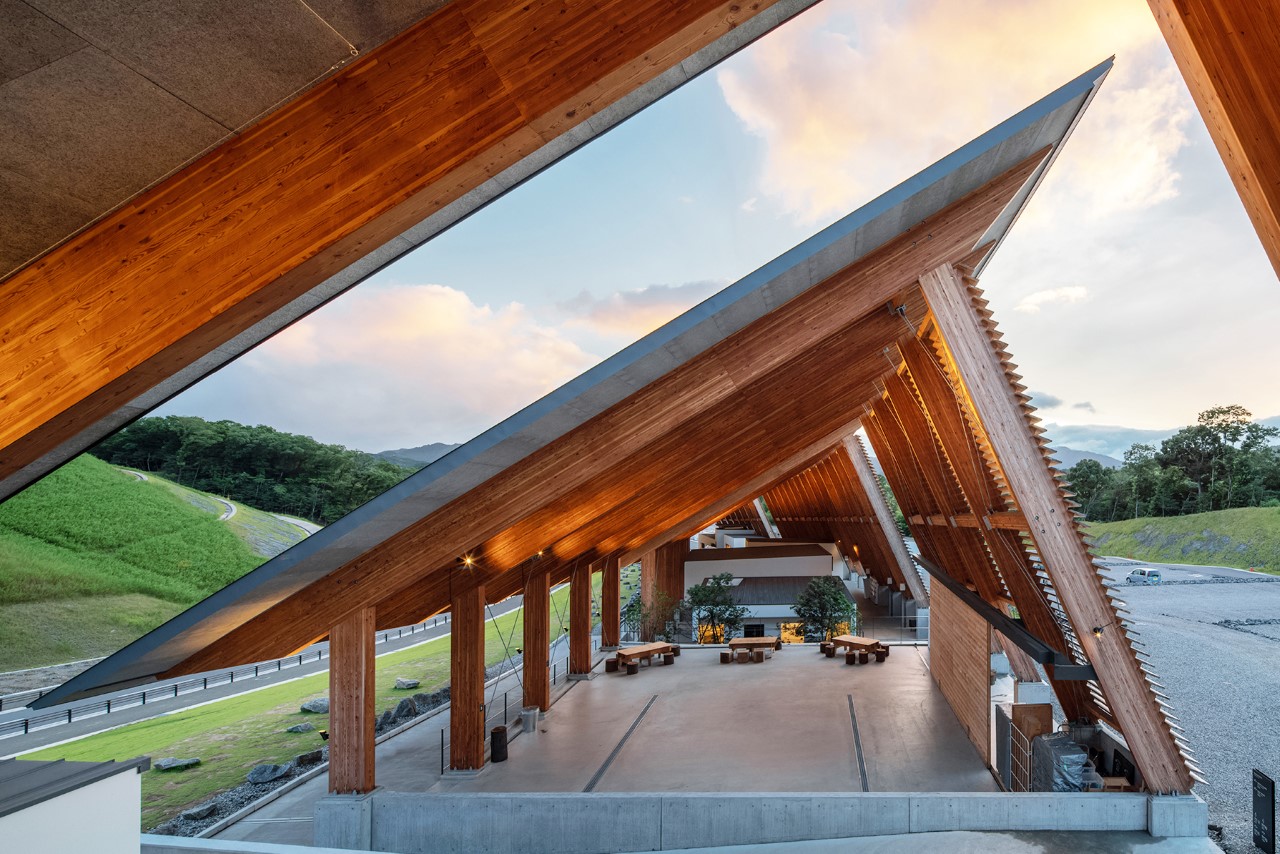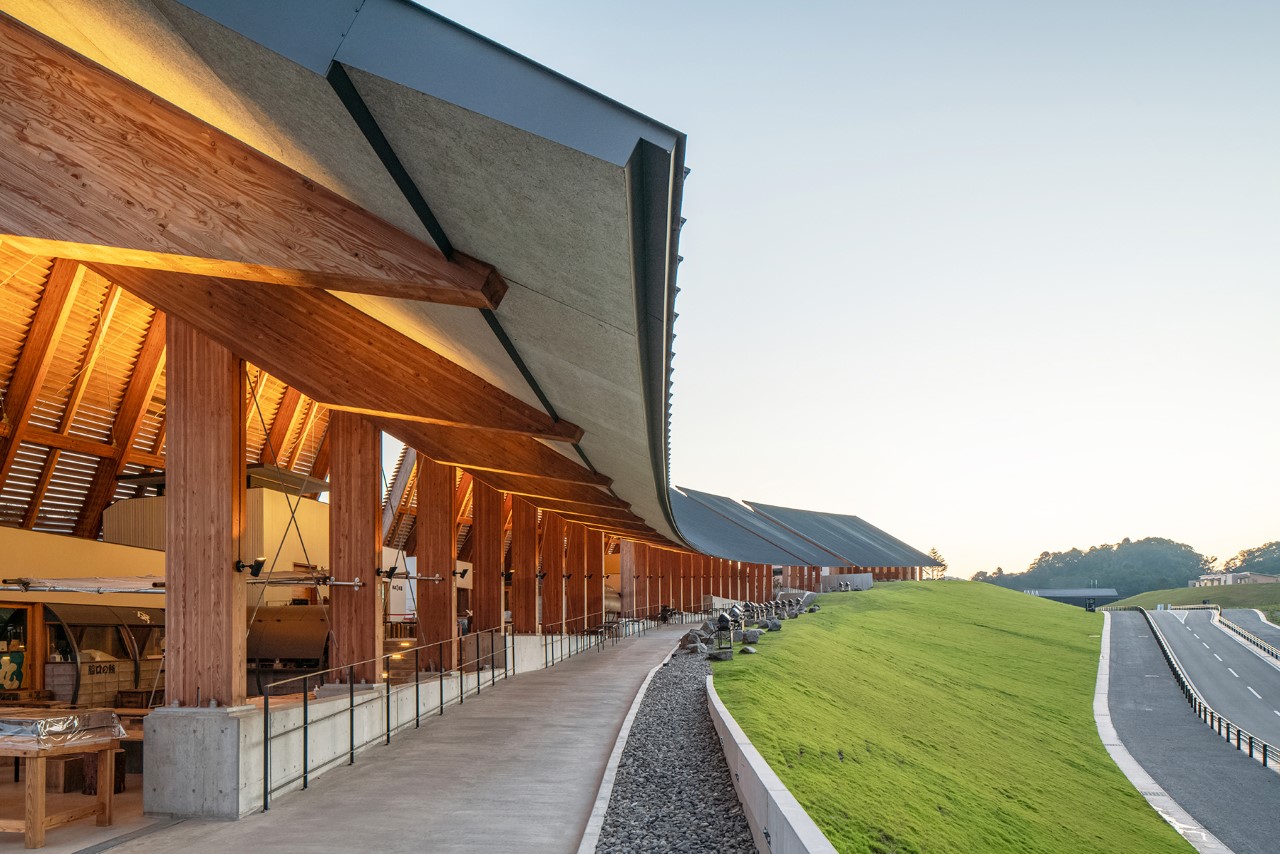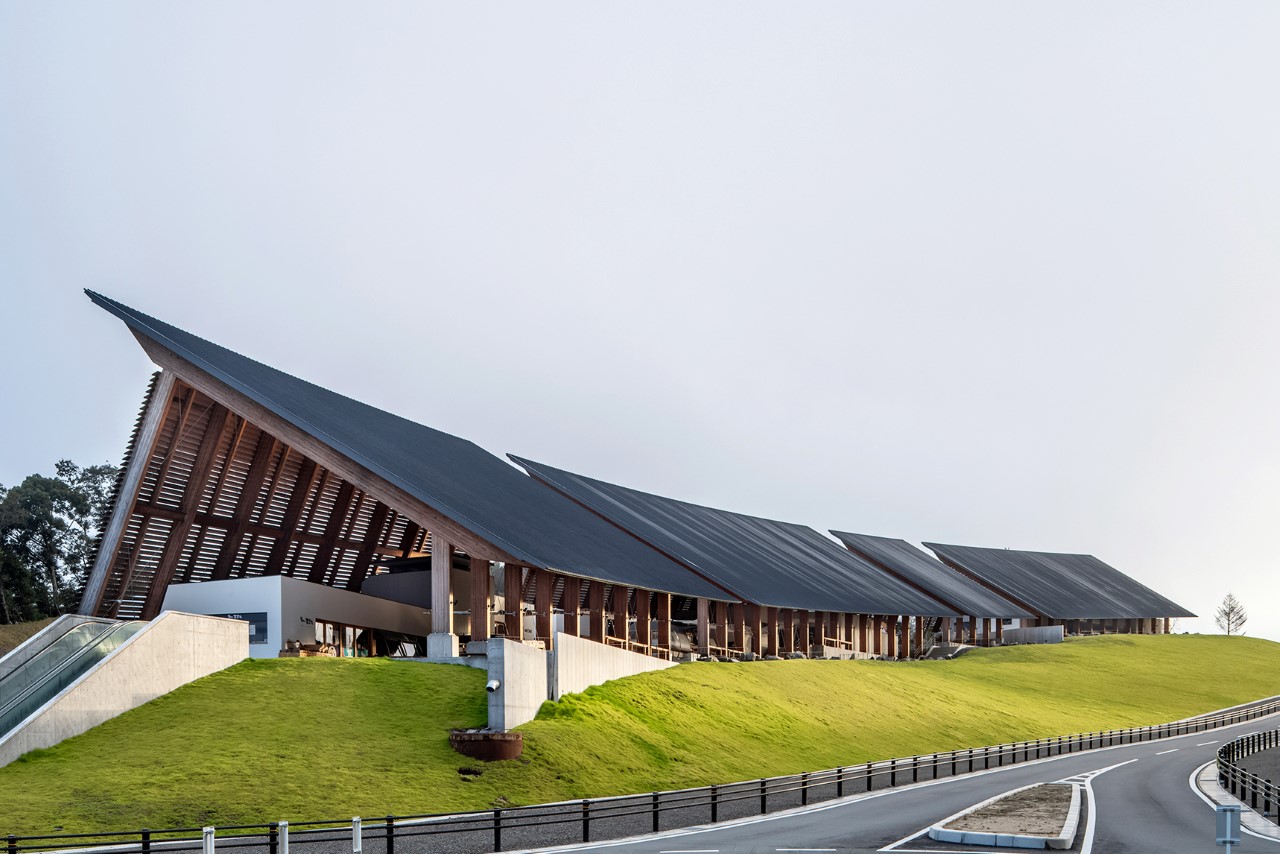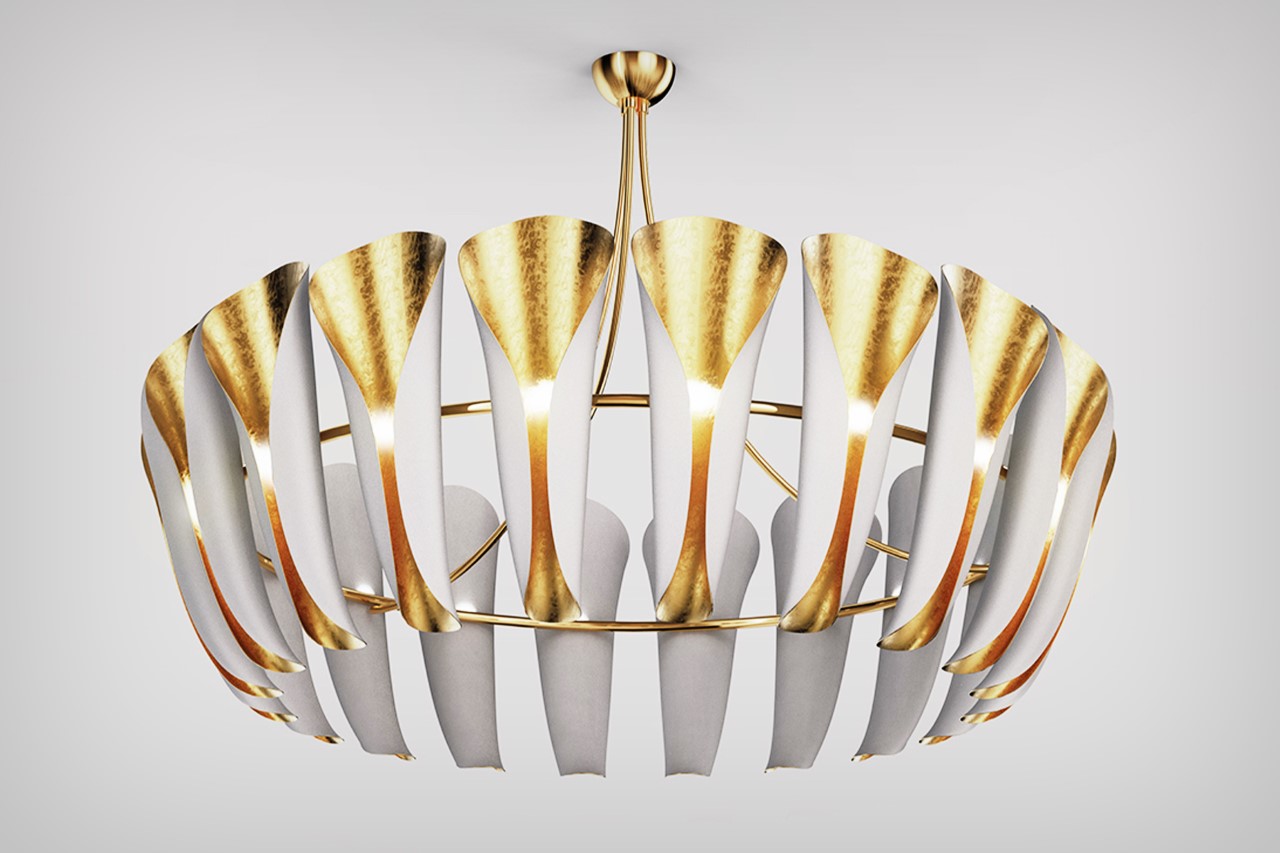
Although pearls aren’t the first thing that come to your mind when you look at this chandelier, Waxy Design Studio’s Pearl Chandelier manages to weave a unique aesthetic out of its original starting point. The chandelier comes with multiple lighting elements mounted around it in a ring, creating an almost jewel-like experience. Each individual metal cone or sconce has a pearl-shaped lightbulb inside it, turning the chandelier into a necklace for your ceiling, and making the metal sconces have the concealing appeal of an oyster that just lets you peek in to see the pearl.
Designer: Waxy Design Studio
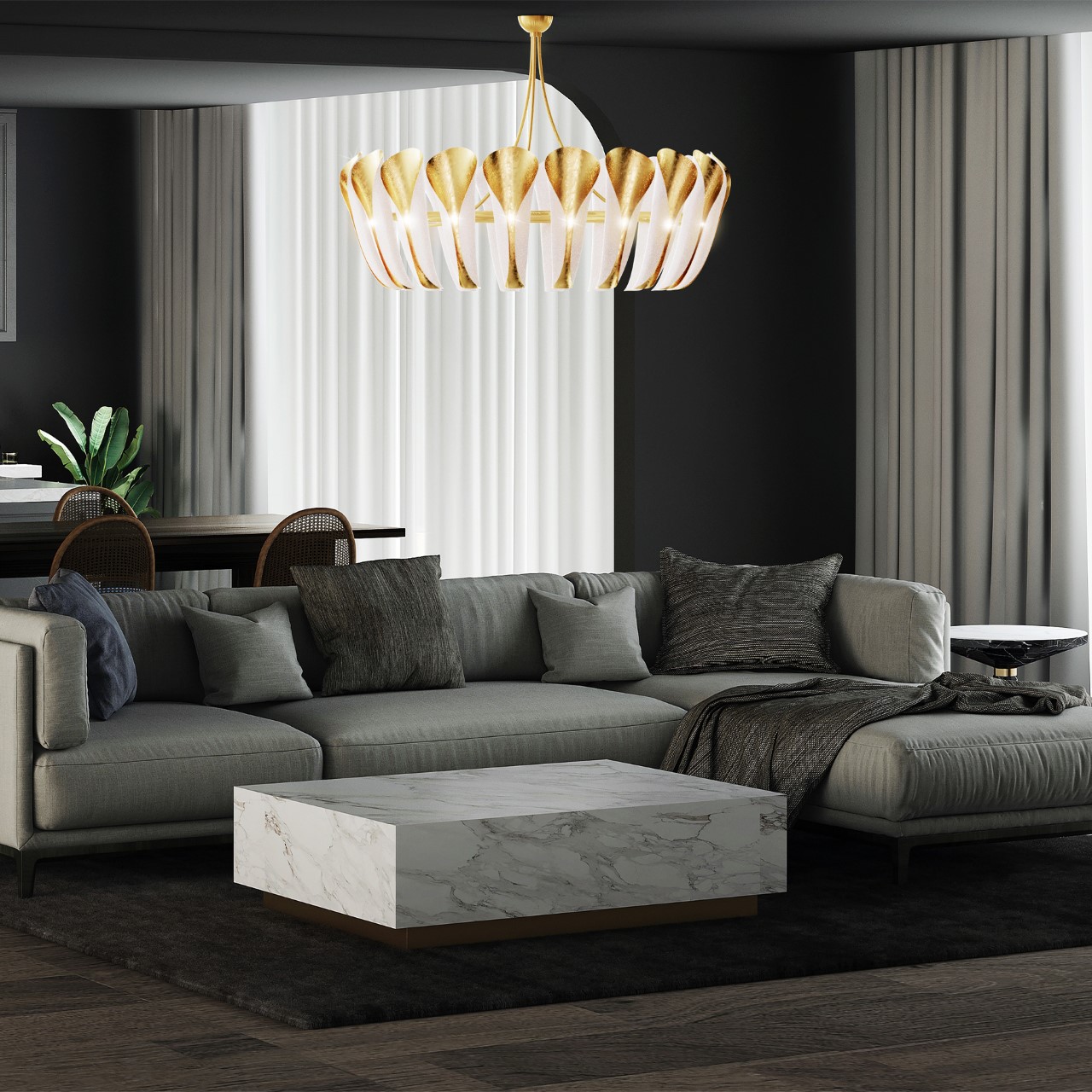
The chandelier comes in two styles – white or black, with an interplay against the golden metal color on the inside and the golden frame itself. Each chandelier has precisely 20 sconces or lighting elements, made of curved metal sheets. The light sits within the sheet, shining through the opening in the folds. It’s perhaps a very liberally abstract way to represent an oyster, but then again, the chandelier does focus the light both downwards as well as upwards, helping scatter the light in a meaningful and functional way. It does have a stunning appeal too, with the 20 sconces coming together almost like a necklace.
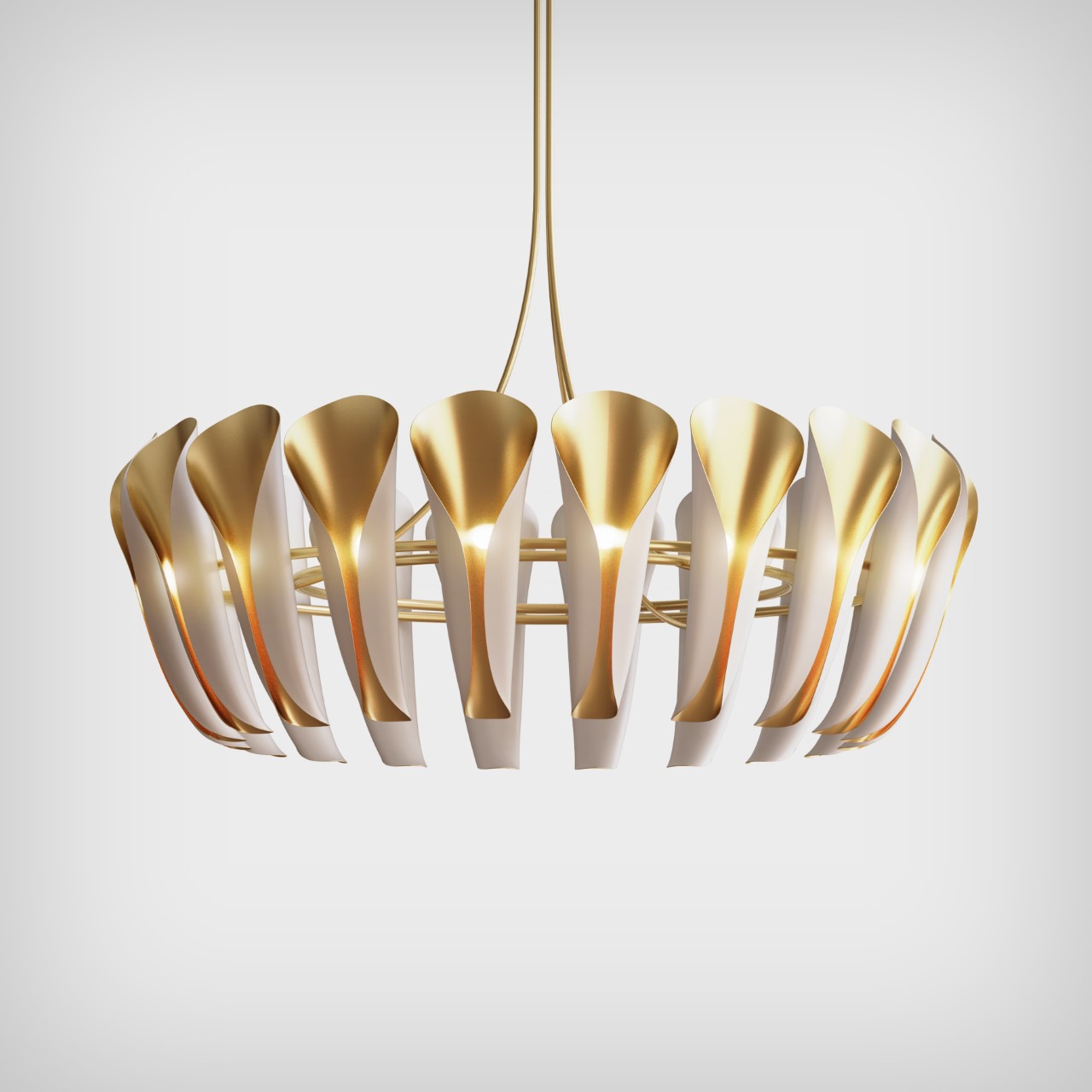
“Each Pearl Light unit encapsulates a delicate balance between the luminosity of the pearl and the protective embrace of metal, mirroring the relationship between an oyster and its precious gem,” says Waxy Design Studio. “This juxtaposition creates a visually striking and emotionally resonant lighting fixture that enhances any space with its unique charm.”
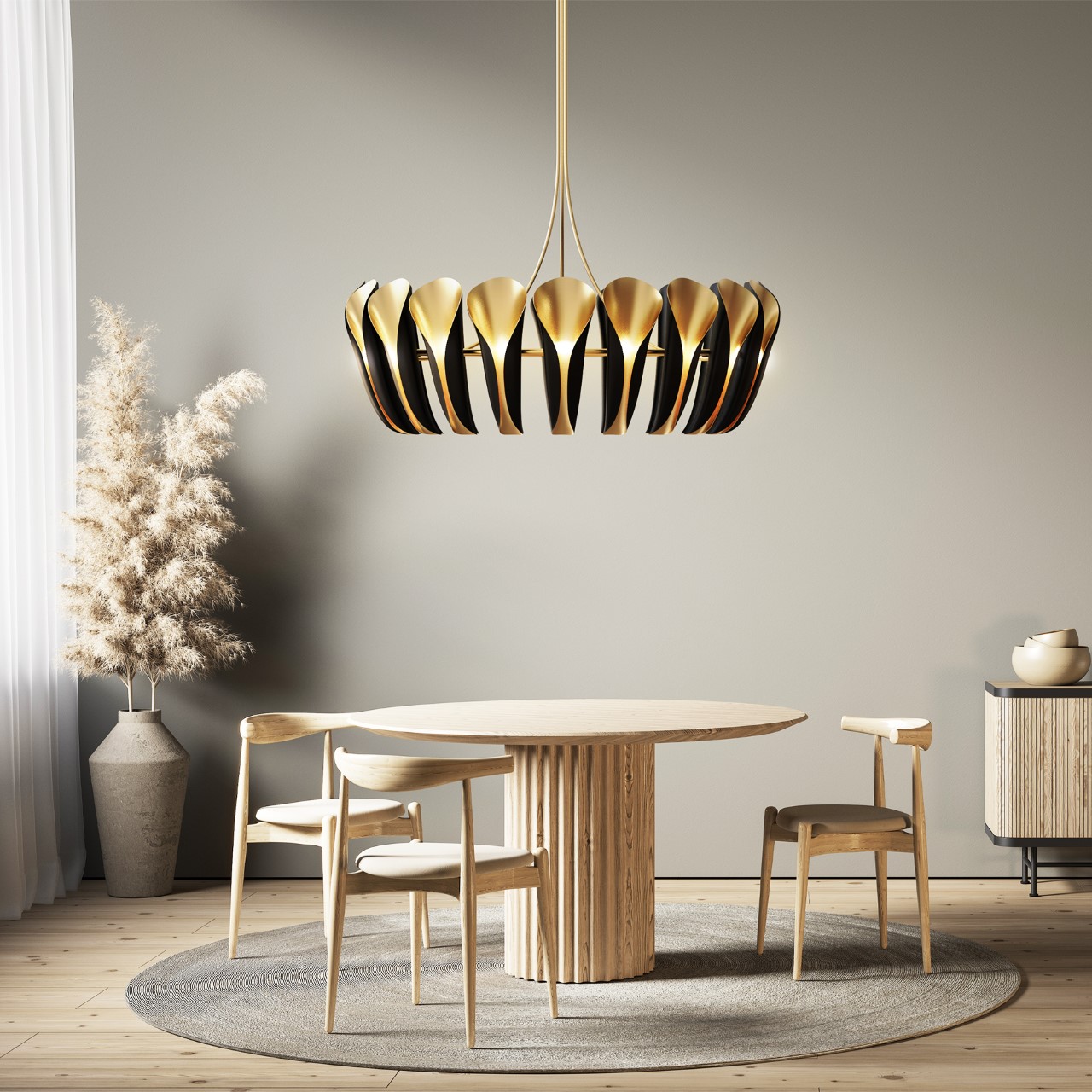
Meticulous attention to detail is evident in the seamless integration of the ‘pearls’ and metal components. Advanced production techniques ensure both the structural integrity of the piece and the delicate diffusion of light through the pearl. The result is a captivating play of light and shadow, inviting viewers to appreciate the fixture from various perspectives.
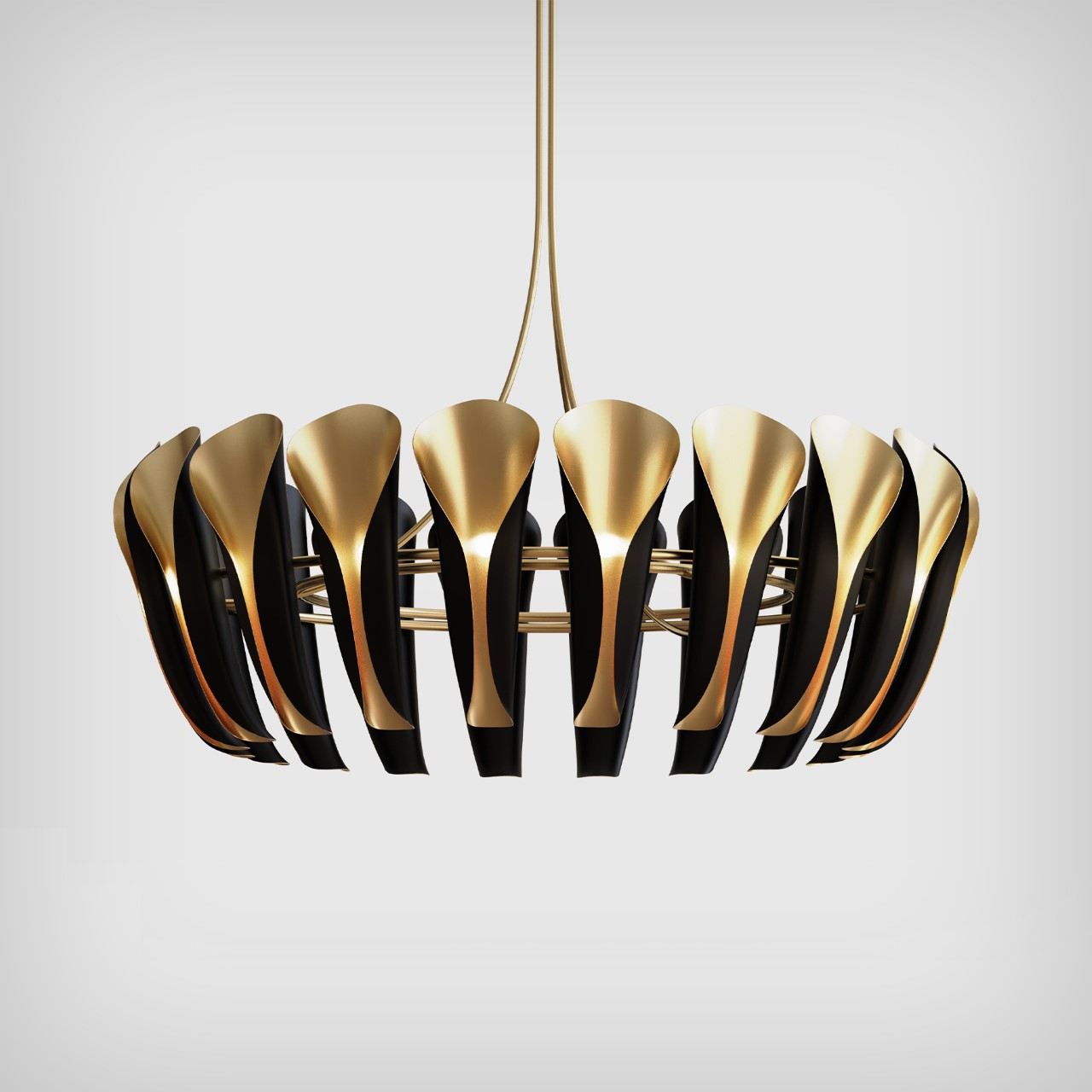
The post The Pearl Chandelier puts pearl-shaped bulbs within metal sconce ‘oysters’ for a grand lighting aesthetic first appeared on Yanko Design.
